How to Sleep On Your Back Properly?
How to Sleep On Your Back Properly?
Sleep Like a Pro: The Top Techniques for Sleeping on Your Back the Right Way
Sleeping on your back is often touted as the best position for a restful night's sleep, but does it come naturally to you? If you find yourself tossing and turning all night, struggling to maintain this position, you're not alone. However, mastering the art of sleeping on your back is achievable with the right techniques. In this article, we will explore the top techniques that will have you sleeping like a pro in no time.
From finding the perfect pillow to creating a comfortable sleep environment, we will delve into the key factors that contribute to a successful back sleeping experience. Discover how to properly align your spine, support your neck, and avoid common discomforts like snoring or sleep apnea.
Learn from experts in the field who have studied the science behind sleep and understand the benefits of back sleeping. By implementing these techniques, you can wake up feeling refreshed and rejuvenated, ready to take on the day. Say goodbye to restless nights and hello to quality sleep by mastering the art of sleeping on your back the right way.

The importance of sleep and its impact on overall health
Sleeping on your back is often touted as the best position for a restful night's sleep, but does it come naturally to you? If you find yourself tossing and turning all night, struggling to maintain this position, you're not alone. However, mastering the art of sleeping on your back is achievable with the right techniques. In this article, we will explore the top techniques that will have you sleeping like a pro in no time.
From finding the perfect pillow to creating a comfortable sleep environment, we will delve into the key factors that contribute to a successful back sleeping experience. Discover how to properly align your spine, support your neck, and avoid common discomforts like snoring or sleep apnea.
Learn from experts in the field who have studied the science behind sleep and understand the benefits of back sleeping. By implementing these techniques, you can wake up feeling refreshed and rejuvenated, ready to take on the day. Say goodbye to restless nights and hello to quality sleep by mastering the art of sleeping on your back the right way.
The benefits of sleeping on your back

Sleep is not just a time to rest and recharge; it is a crucial component of overall health and well-being. Adequate sleep plays a vital role in maintaining a healthy immune system, regulating hormones, and supporting cognitive function. Obesity, diabetes, and heart disease are common problem happen due to lack of quality sleep.
When it comes to sleep positions, sleeping on your back has several advantages. It allows your body to maintain a neutral spine alignment, which can help alleviate pressure on the joints and reduce the risk of developing musculoskeletal issues. Back sleeping also promotes proper blood circulation, as there is no compression on major blood vessels, leading to improved oxygenation of the body's tissues.
However, it is important to note that not everyone finds back sleeping comfortable or natural. Many individuals prefer side or stomach sleeping positions, which can also be beneficial for specific health conditions. It ultimately comes down to personal preference and finding the sleep position that works best for you. If you're interested in exploring the benefits of back sleeping, the following techniques will help you master this position.
Common challenges of sleeping on your back and how to overcome them
While sleeping on your back offers numerous benefits, it can also present some challenges. One common issue is snoring, which can disrupt your sleep and impact your partner's sleep quality as well. Snoring occurs when the airway is partially blocked, leading to vibrations and noise. It is more prevalent in back sleepers due to the relaxation of the throat muscles.
To overcome snoring, certain techniques can be employed. Elevating the head slightly with a pillow can help keep the airway open and reduce snoring. Additionally, avoiding alcohol and sedatives before bed can decrease muscle relaxation, minimizing the likelihood of snoring. If snoring persists or is accompanied by other symptoms, such as daytime fatigue or pauses in breathing, it is essential to consult a healthcare professional, as it may indicate sleep apnea.
Another challenge of back sleeping is discomfort in the lower back. This can occur when the natural curvature of the spine is not adequately supported. To alleviate this issue, it is crucial to choose the right mattress and pillow for back sleeping. A medium-firm mattress provides optimal support, while a contoured pillow that supports the natural curve of the neck and head helps maintain proper spinal alignment.
Creating a comfortable sleep environment is also essential when it comes to back sleeping. Keep your bedroom enough cool, dark, and peaceful to promote a restful sleep. Investing in blackout curtains, earplugs, or a white noise machine can help create a conducive environment for quality sleep. Additionally, consider using breathable, moisture-wicking bedding materials to regulate body temperature throughout the night.
Choosing the right mattress and pillow for back sleeping
Achieving proper sleep posture and alignment is crucial for a comfortable and restorative night's sleep. When sleeping on your back, it is important to maintain a neutral spine alignment. This means that your head, neck, and spine should be aligned in a straight line, without any excessive curvature or strain.
To achieve optimal alignment, start by ensuring that your pillow adequately supports your neck. A pillow that is too high or too flat can cause strain on the neck and upper back. Look for a pillow that is specifically designed for back sleeping, with a contoured shape that cradles the neck and supports the natural curvature of the spine.
Next, pay attention to the position of your arms and legs. Keep your arms relaxed by your sides, avoiding any excessive bending or twisting. Place a small pillow or rolled-up towel under your knees to maintain a slight bend in your legs, which can help alleviate pressure on the lower back.
It may take some time to adjust to the back sleeping position, especially if you're used to sleeping on your side or stomach. Consider using additional support, such as a body pillow or wedge pillow, to help you maintain the correct posture and prevent rolling onto your side during the night. With practice and consistency, sleeping on your back will become more natural and comfortable.
Creating a comfortable sleep environment for back sleeping
If you're accustomed to sleeping on your side or stomach, training yourself to sleep on your back may require some effort and patience. However, with the right techniques, it is possible to make the transition successfully.
One effective technique is to start by incorporating back sleeping into your daytime naps. Lie down on your back for short periods during the day, gradually increasing the duration over time. This allows your body to become familiar with the back sleeping position without the pressure of needing to fall asleep immediately.
Another helpful technique is to use positional aids, such as a body pillow or specialized sleep position trainer. These aids can help keep you in the desired position throughout the night, preventing you from rolling onto your side or stomach.
Additionally, practicing relaxation techniques before bed can promote a calm and restful state, making it easier to fall asleep on your back. Deep breathing exercises, meditation, or gentle stretching can help relax your body and prepare it for sleep. Avoiding stimulating activities and electronics before bed can also contribute to a more peaceful transition to back sleeping.
Proper sleep posture and alignment for back sleeping
Relaxation and breathing exercises can play a significant role in promoting better sleep on your back. These exercises help calm the mind, relax the body, and prepare you for a restful night's sleep.
One effective technique is deep breathing. Find a comfortable position on your back, close your eyes, and take slow, deep breaths. Inhale deeply through your nose, allowing your abdomen to rise, and then exhale slowly through your mouth, releasing any tension. Focus on your breath, letting go of any thoughts or worries. Repeat this deep breathing exercise for a few minutes before bed to help ease into a relaxed state.
Progressive muscle relaxation is another effective technique to promote relaxation and prepare for sleep. Start by tensing and then releasing each muscle group in your body, working from your toes to your head. Focus on each muscle group, tensing it for a few seconds, and then releasing the tension. This exercise helps release physical tension, allowing your body to enter a state of deep relaxation.
Yoga and gentle stretching can also be beneficial for promoting better sleep on your back. Incorporate simple stretching exercises into your bedtime routine, focusing on areas of tension or tightness. Stretching helps release muscle tension, improve flexibility, and promote relaxation.
Techniques to train yourself to sleep on your back
While sleeping on your back offers numerous benefits, there are also common mistakes to avoid to ensure a comfortable and restful experience.
One mistake is using an unsupportive pillow. A pillow that is too high or too flat can lead to discomfort and strain on the neck and upper back. Invest in a pillow specifically designed for back sleeping, with the right level of support and contouring to maintain proper spinal alignment.
Another mistake is sleeping on a mattress that doesn't provide adequate support. A mattress that is too soft can cause your body to sink, leading to improper spinal alignment and increased pressure on certain areas. Opt for a medium-firm mattress that offers optimal support and cushioning for a comfortable sleep.
It's also important to avoid sleeping with your arms above your head or crossed over your chest. These positions can lead to strain on the shoulders, neck, and upper back. Keep your arms relaxed by your sides to promote proper alignment and reduce the risk of discomfort.
Lastly, avoid using excessive bedding or pillows that elevate your head too much. While a slight elevation can help with snoring or acid reflux, too much elevation can strain the neck and lead to discomfort. Find the balance that works best for you, ensuring that your head and neck are supported without excessive tilting.
Relaxation and breathing exercises to promote better sleep on your back
Mastering the art of sleeping on your back may take some time and practice, but the benefits are well worth the effort. By implementing the techniques discussed in this article, you can improve your sleep quality, alleviate discomfort, and promote overall wellness.
Remember to choose the right mattress and pillow for back sleeping, create a comfortable sleep environment, and maintain proper sleep posture and alignment. Train yourself to sleep on your back gradually, using positional aids and relaxation techniques to ease the transition. Avoid common mistakes and prioritize your sleep hygiene to ensure a restful night's sleep.
Embrace back sleeping as a valuable tool in your sleep routine, and reap the rewards of waking up feeling refreshed, rejuvenated, and ready to take on the day. Sleep like a pro and unlock the incredible benefits of sleeping on your back the right way.
Common mistakes to avoid when sleeping on your back
When it comes to sleeping on your back, relaxation and breathing exercises can make a significant difference in how well you sleep. By incorporating these techniques into your bedtime routine, you can create an optimal environment for a peaceful night's rest.
One effective technique is deep breathing. Before you lie down, take a few moments to focus on your breath. Inhale deeply through your nose and allow your abdomen to expand. Wait for a few second then exhale slowly through your mouth. Repeat the same process several times to relax your body with each breath. Deep breathing not only helps to calm the mind but also promotes relaxation throughout the entire body.
Another technique that can aid in back sleeping is progressive muscle relaxation. Start by tensing and then releasing each muscle group in your body, starting from your toes and working your way up to your head. This technique helps to release tension and promote a state of deep relaxation, making it easier to sleep on your back.
Creating a soothing sleep environment is also crucial for back sleeping. Make sure your bedroom is enough cool, dark, and peaceful. Consider using blackout curtains, earplugs, or a white noise machine to eliminate any distractions. Additionally, choose bedding and pajamas that are comfortable and breathable, allowing for a more restful sleep experience.
By incorporating relaxation and breathing exercises into your bedtime routine and creating a sleep environment conducive to back sleeping, you can enhance the quality of your sleep and wake up feeling refreshed.
Conclusion: Embracing back sleeping for better sleep and overall wellness
While back sleeping offers numerous benefits, there are common mistakes that many people make when trying to sleep in this position. By being aware of these mistakes and making the necessary adjustments, you can optimize your back sleeping experience.
One mistake to avoid is using an unsupportive pillow. When sleeping on your back, it's essential to choose a pillow that properly supports your neck and maintains the natural curvature of your spine. Look for a pillow that is not too high or too flat, providing just the right amount of support. Memory foam or contoured pillows are excellent options for back sleepers as they conform to the shape of your head and neck.
Another mistake is using an old or worn-out mattress. An old mattress can sag and lose its support, leading to a misalignment of the spine. Invest in a quality mattress that offers the right amount of firmness and support for back sleeping. Additionally, consider using a mattress topper or a body pillow to provide extra support and comfort.
It is also essential to avoid sleeping with your arms above your head. This position can strain your neck and shoulders, leading to discomfort and potentially disrupting your sleep. Instead, try keeping your arms comfortably by your sides or resting them on your stomach to promote relaxation and proper alignment.
By avoiding these common mistakes and making the necessary adjustments, you can optimize your back sleeping position and enjoy the benefits it offers.
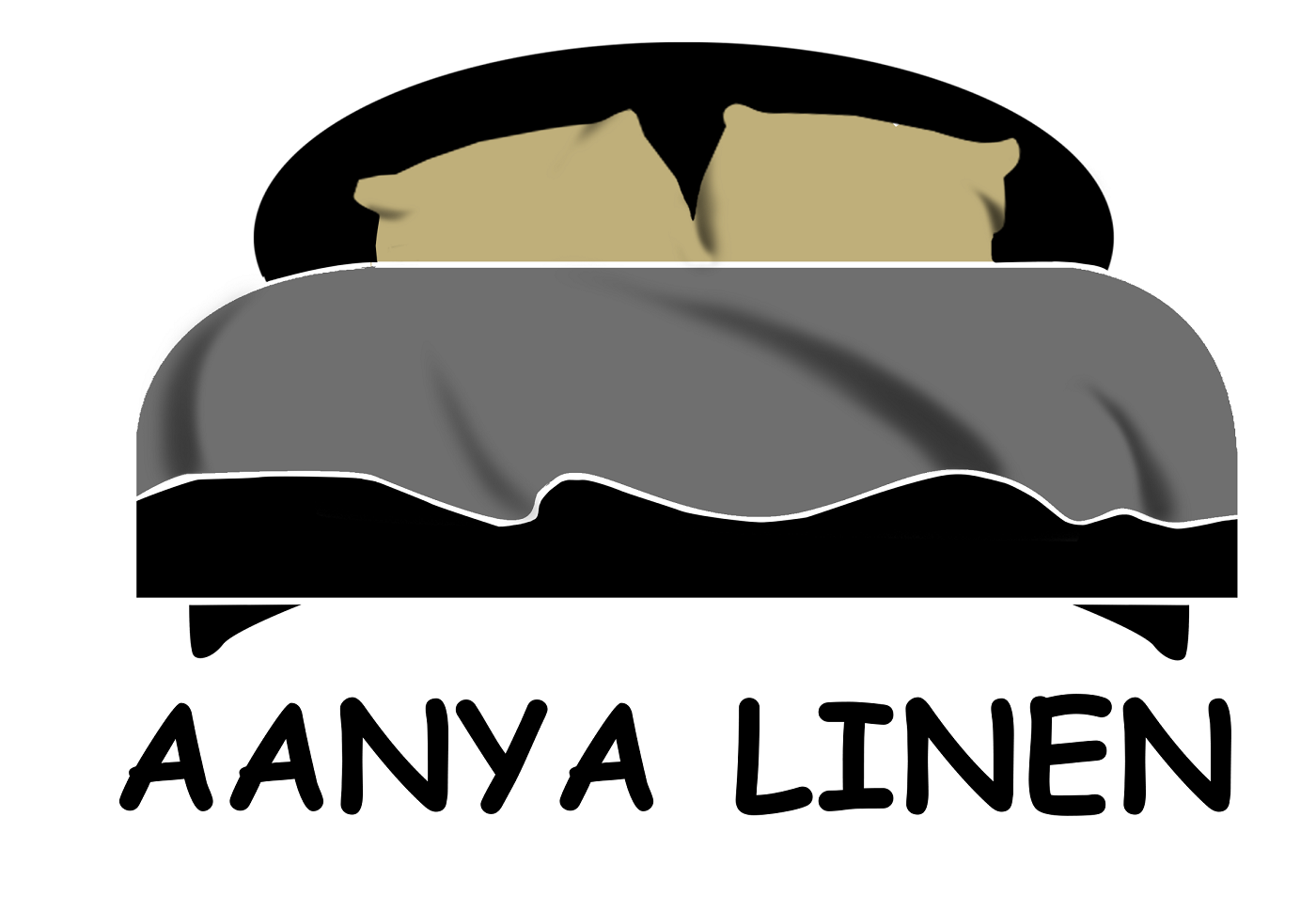
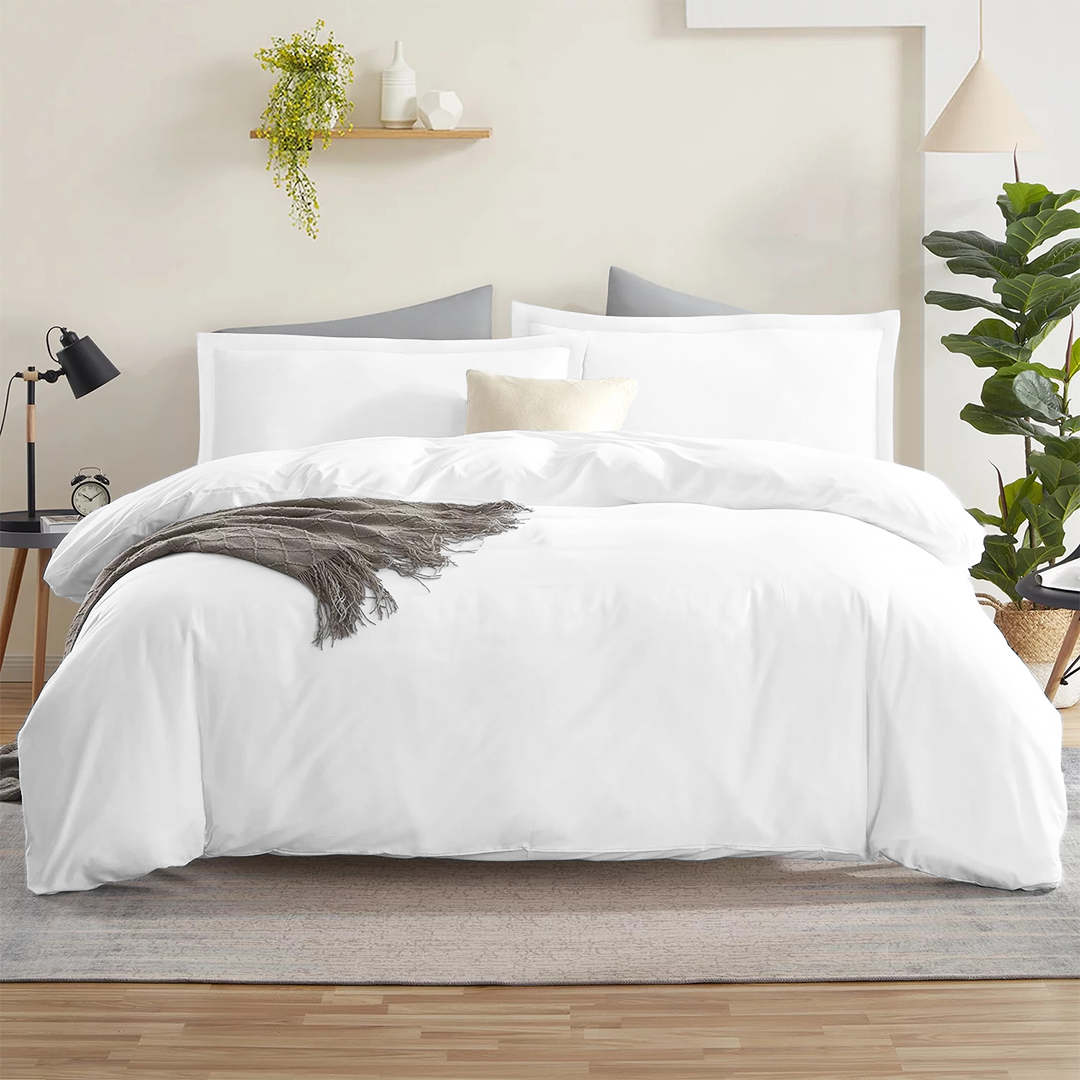
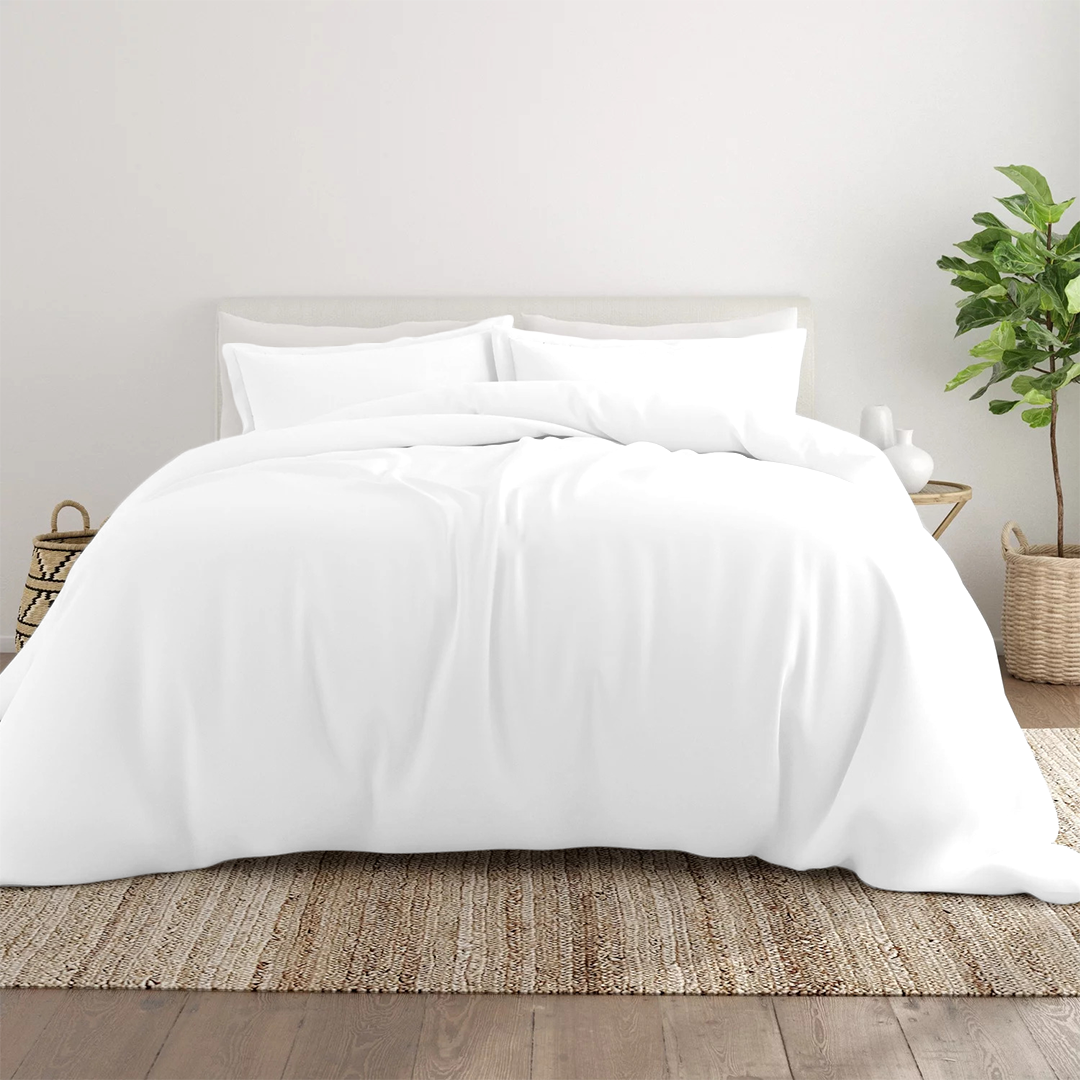

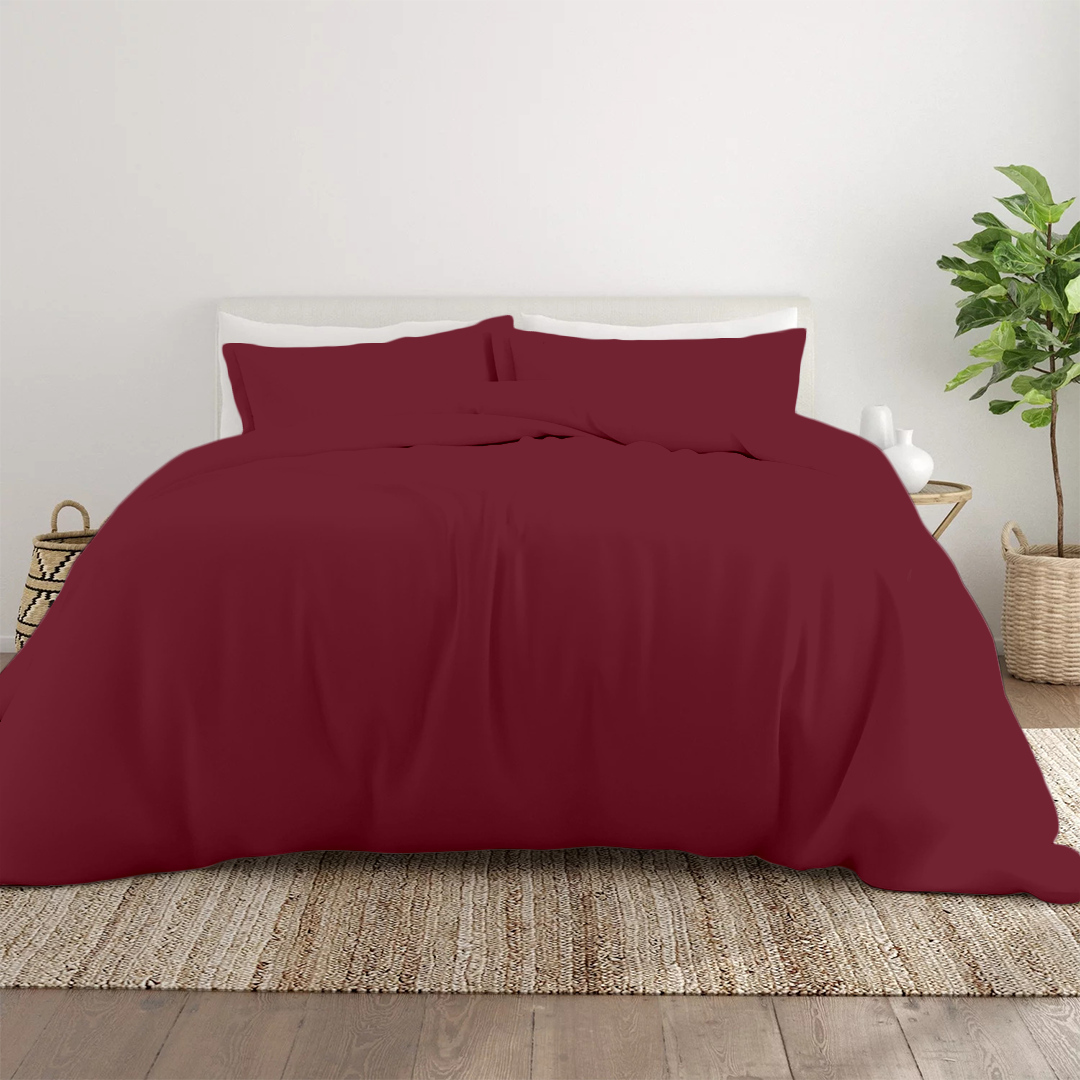
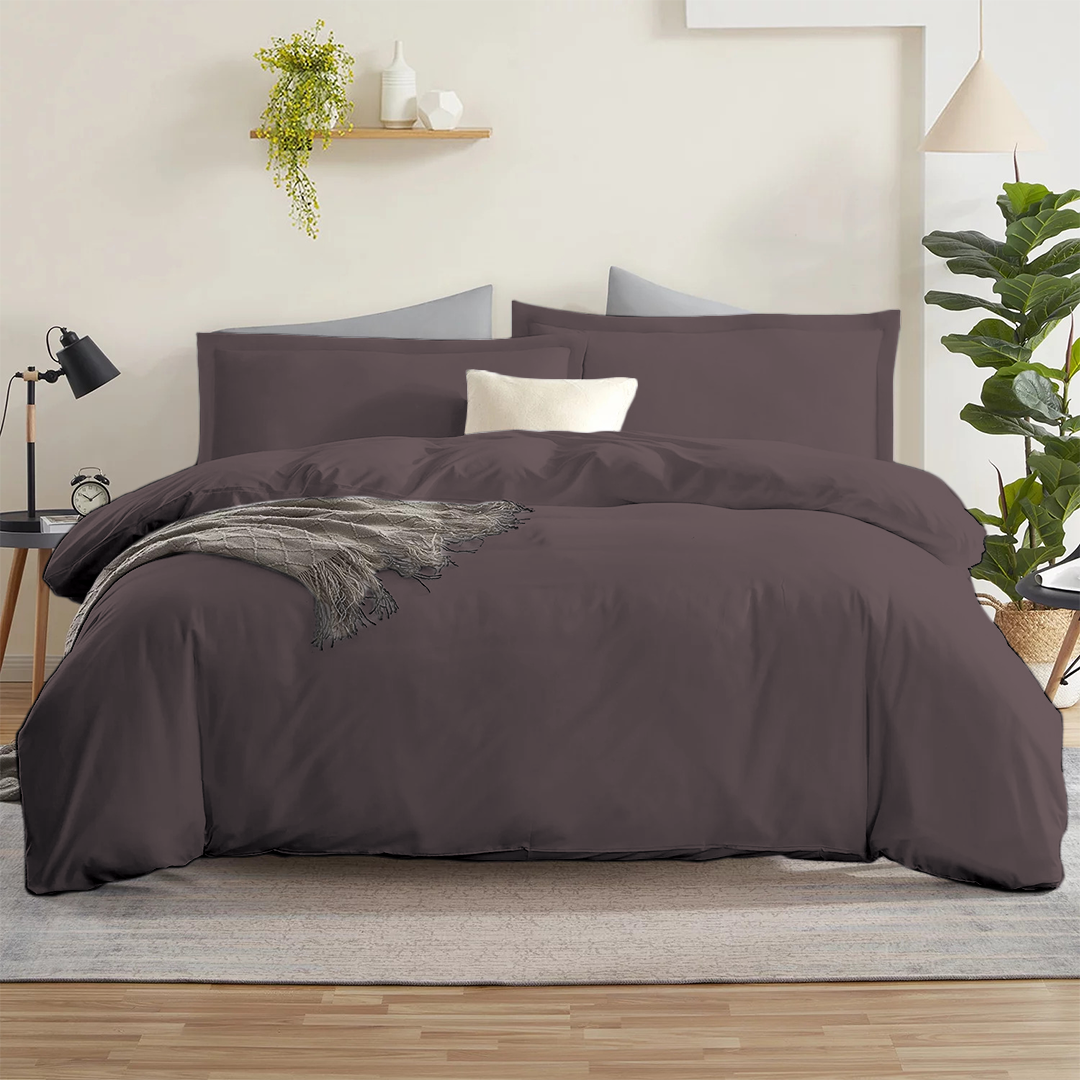
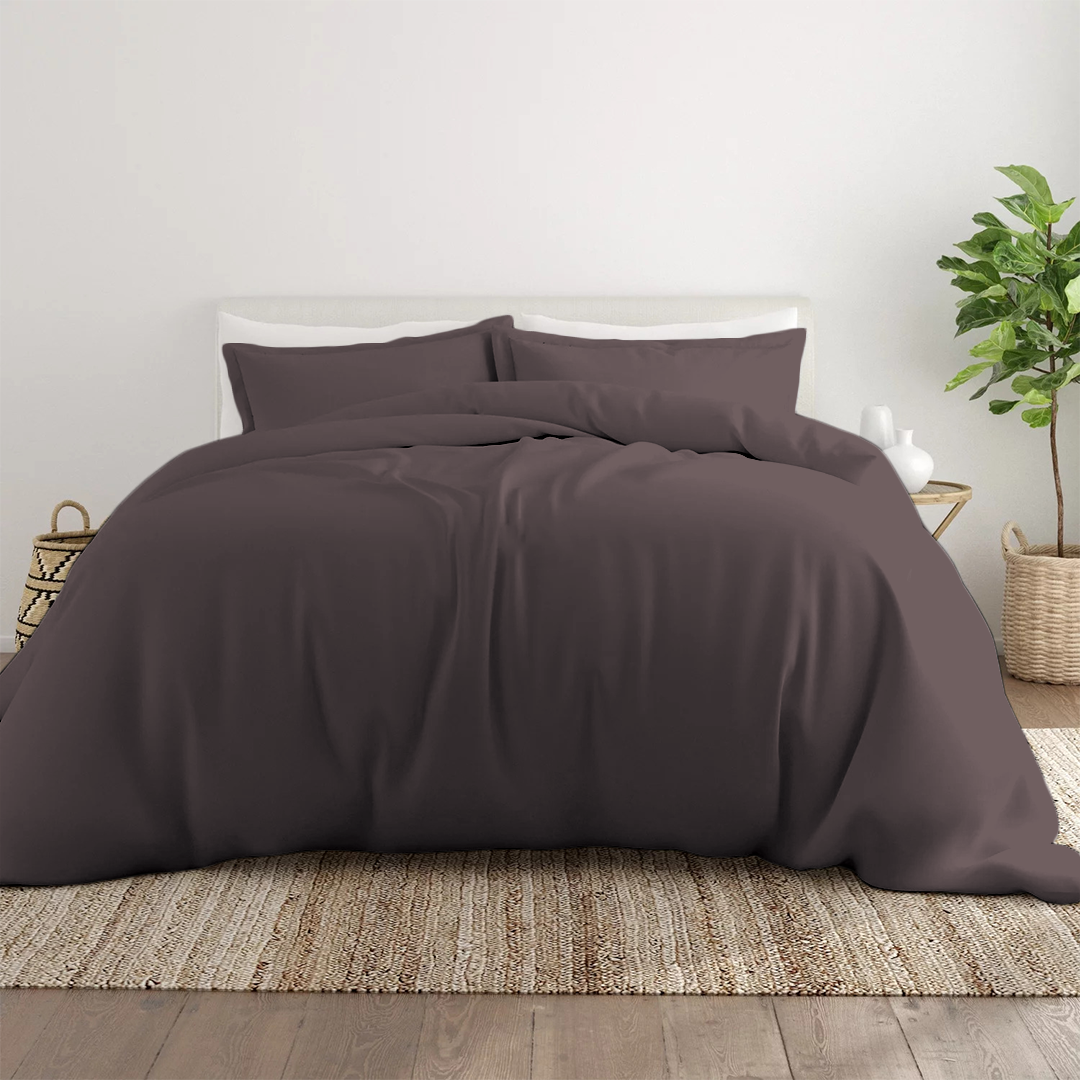
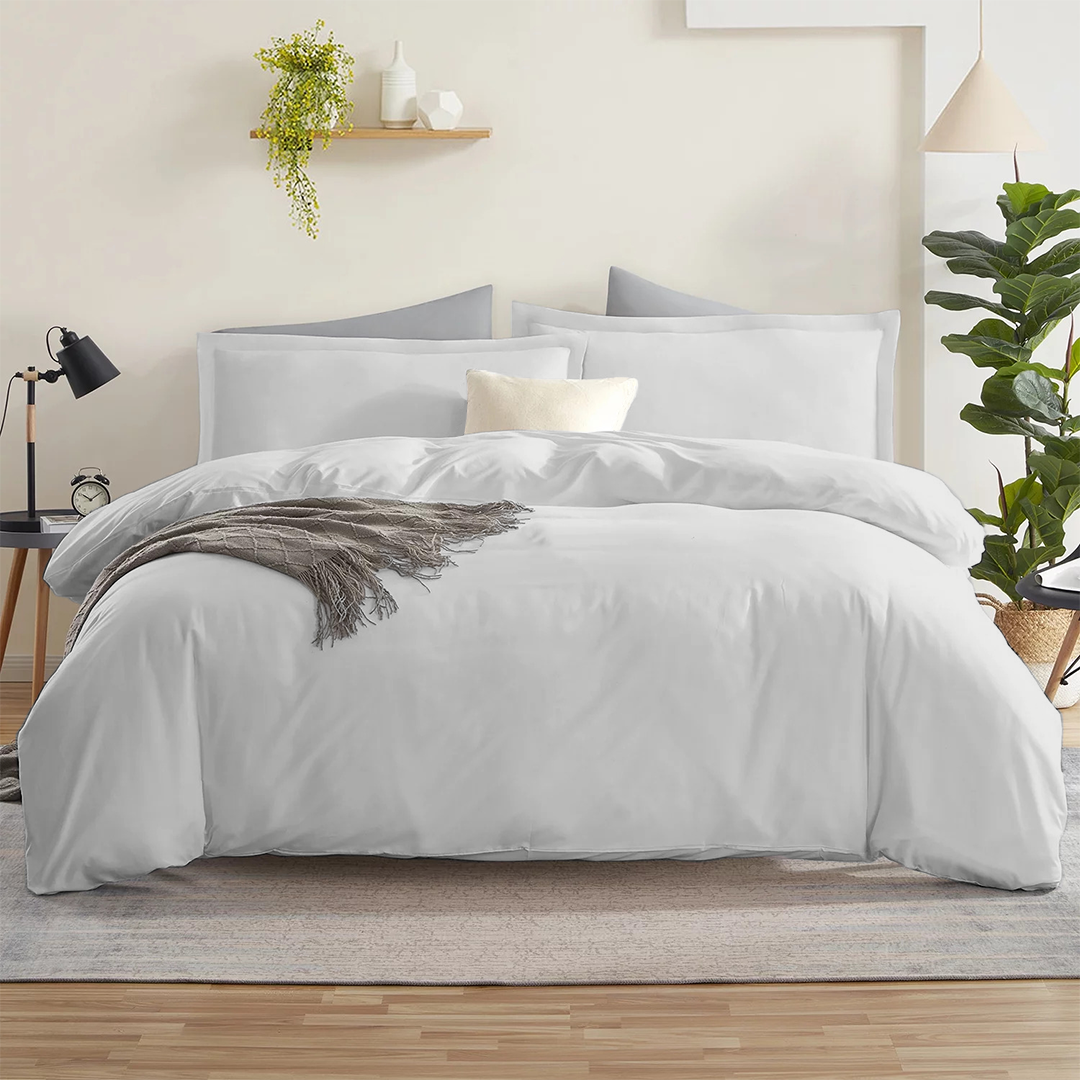
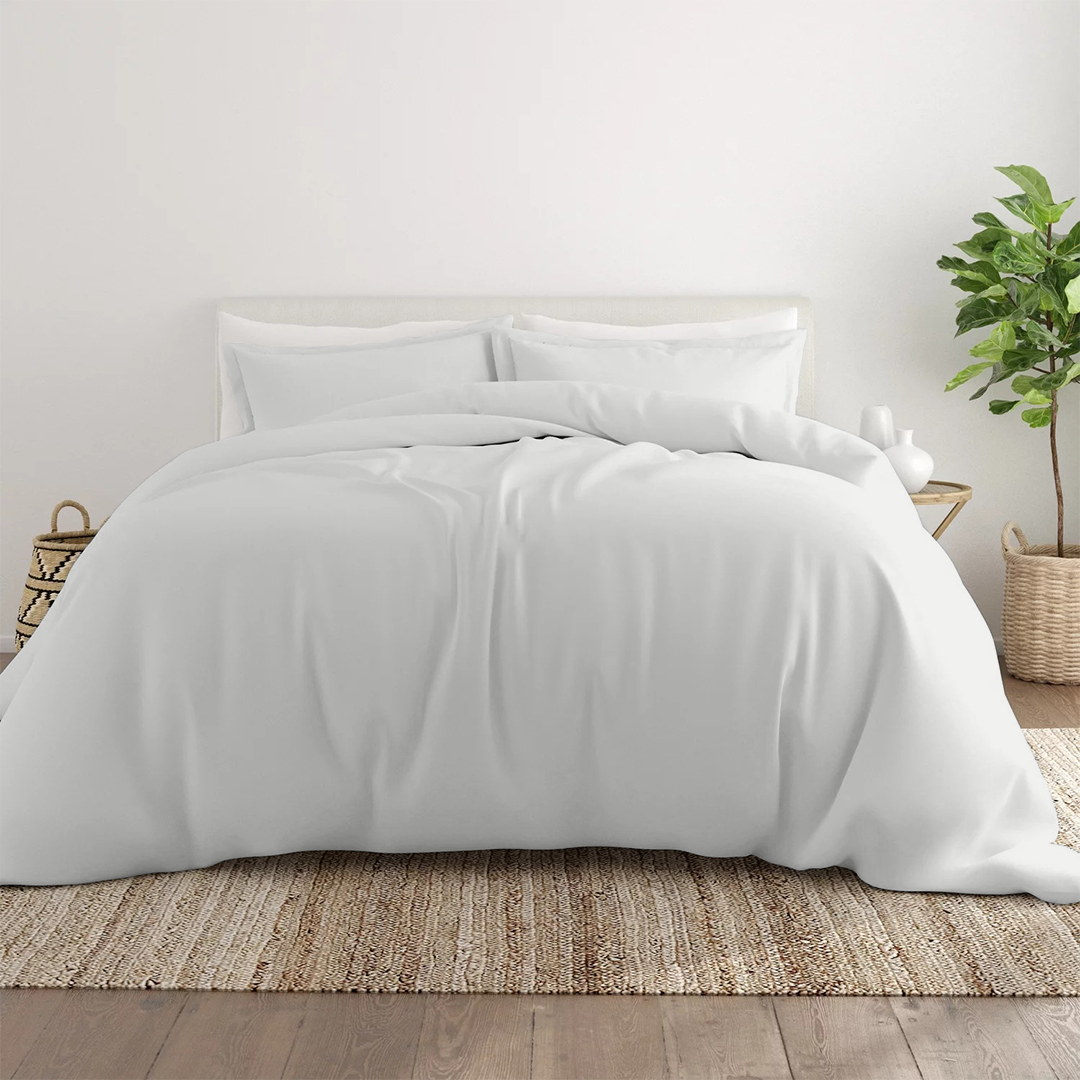
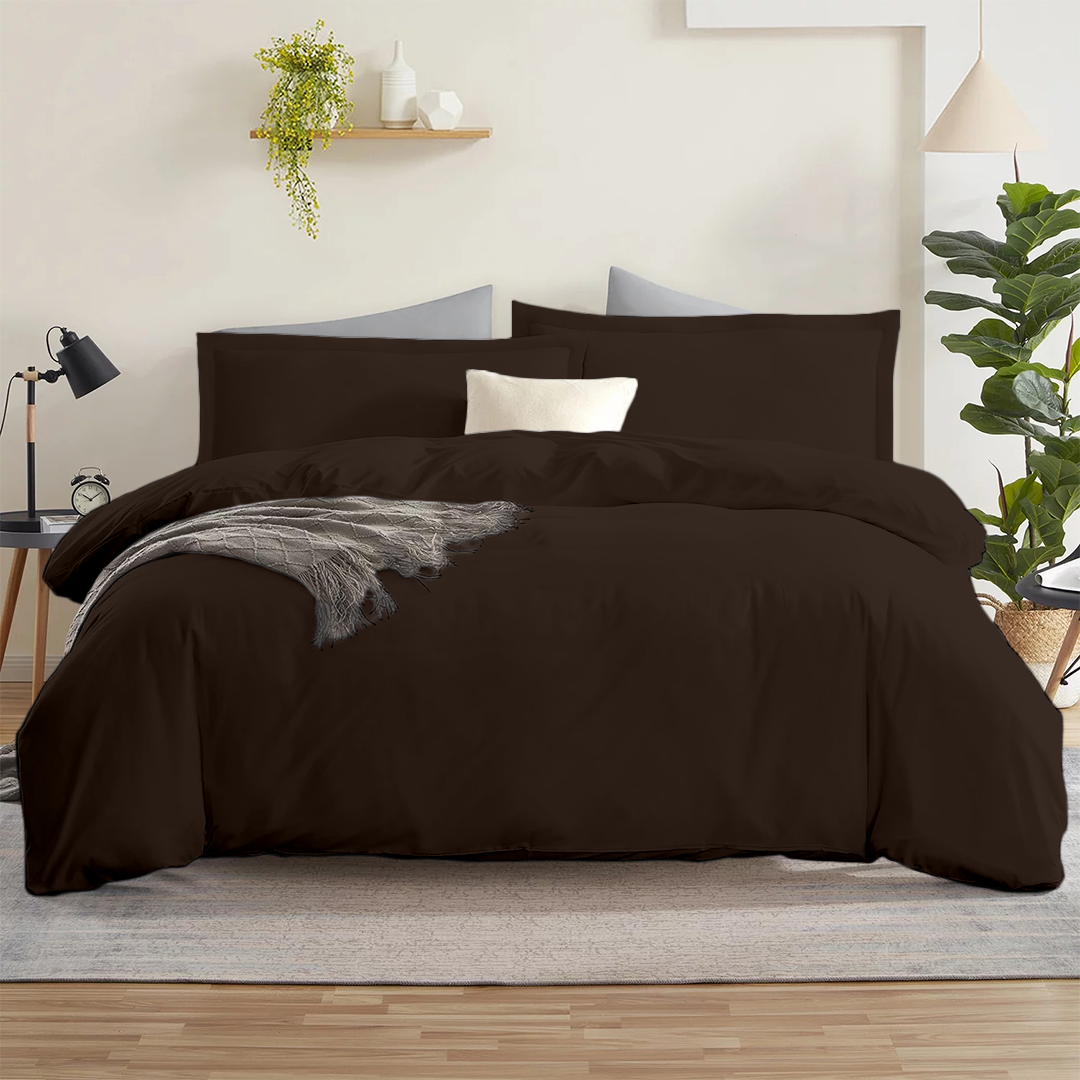
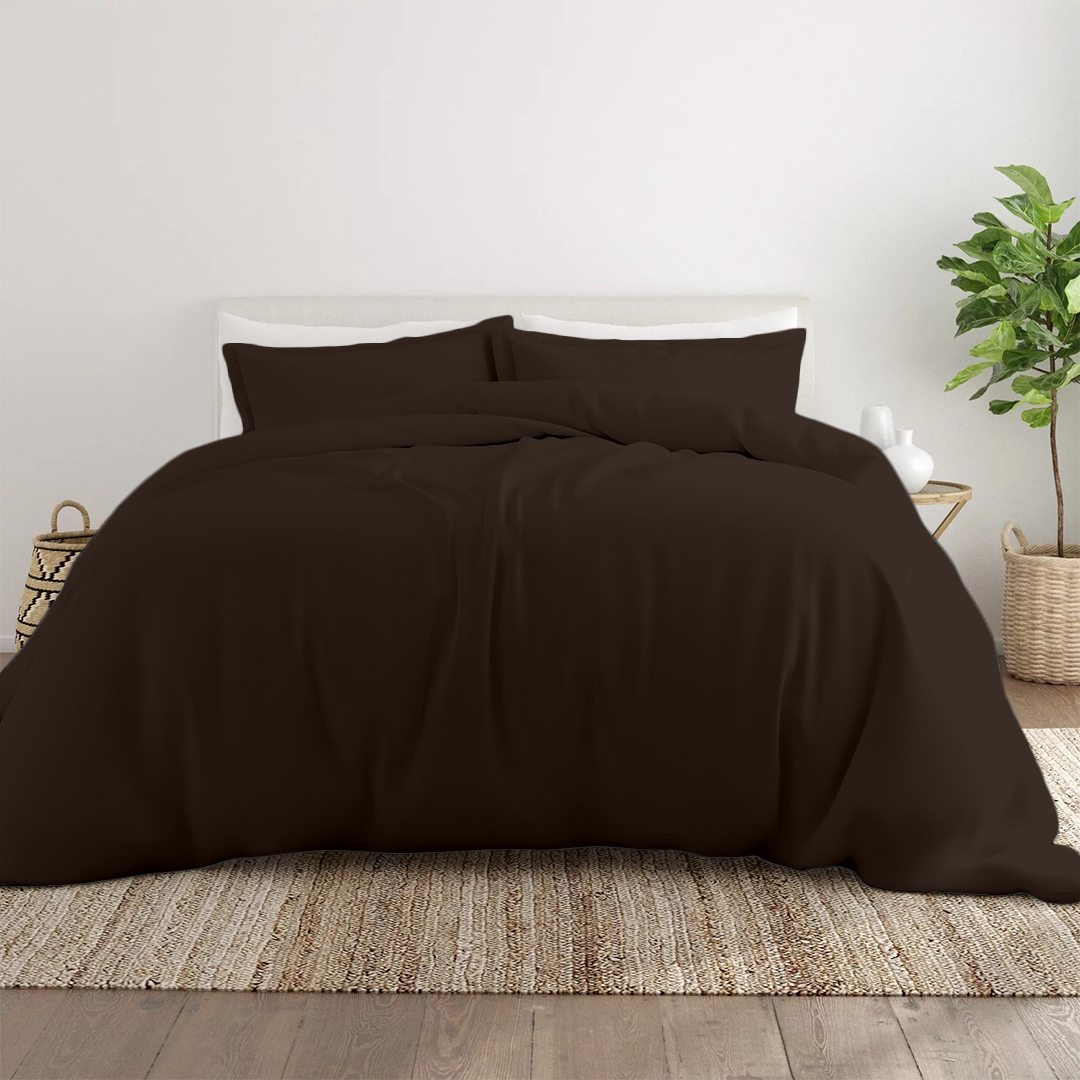

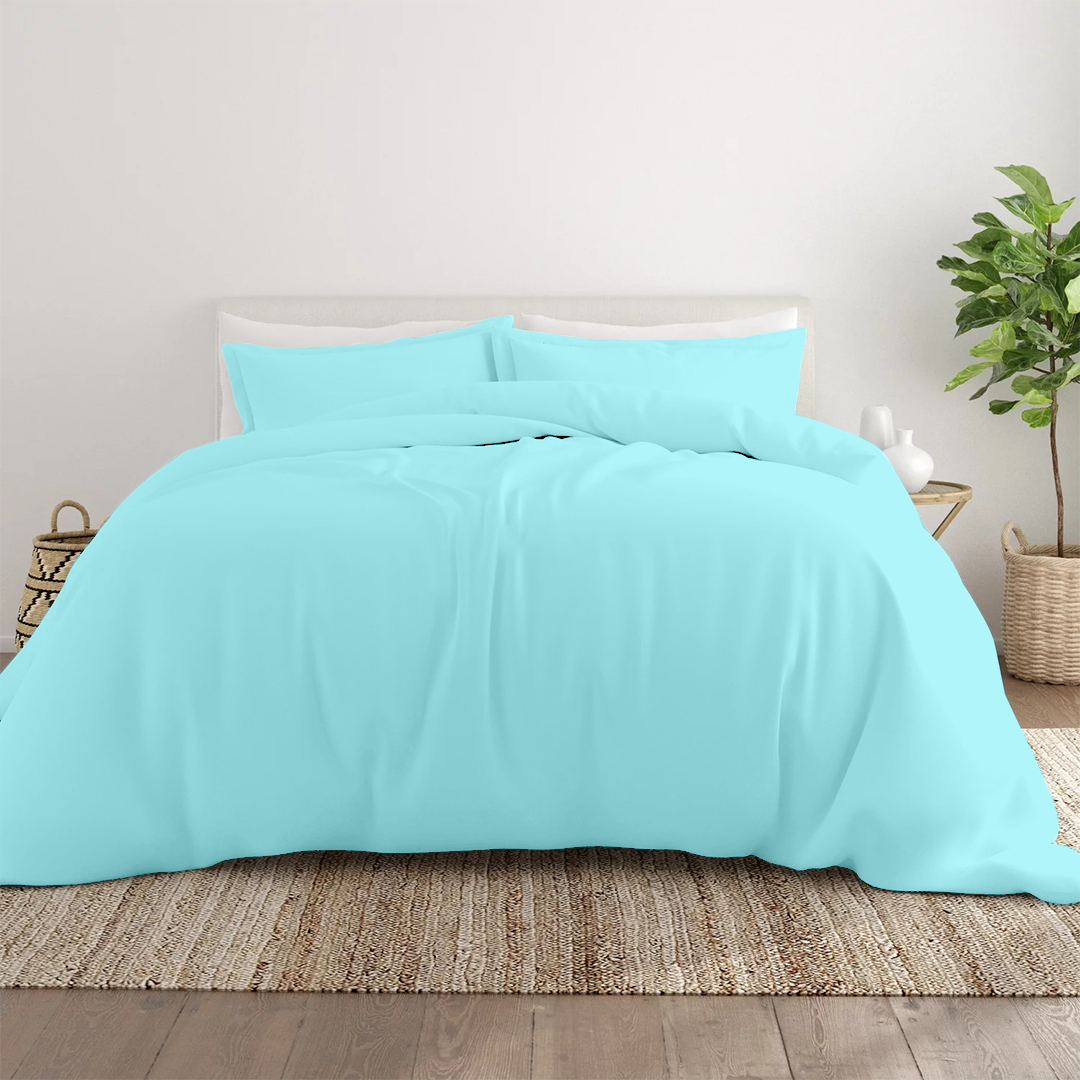
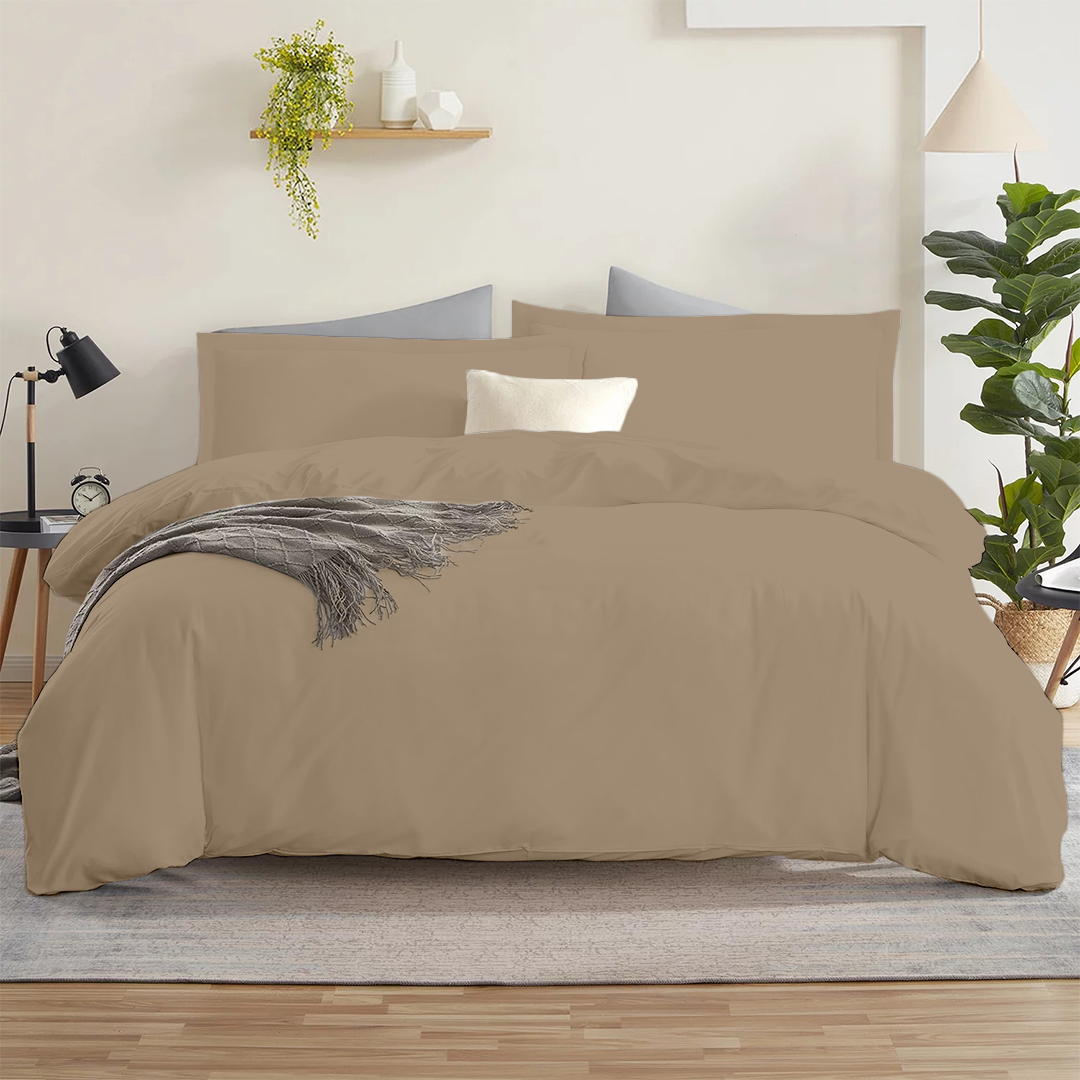
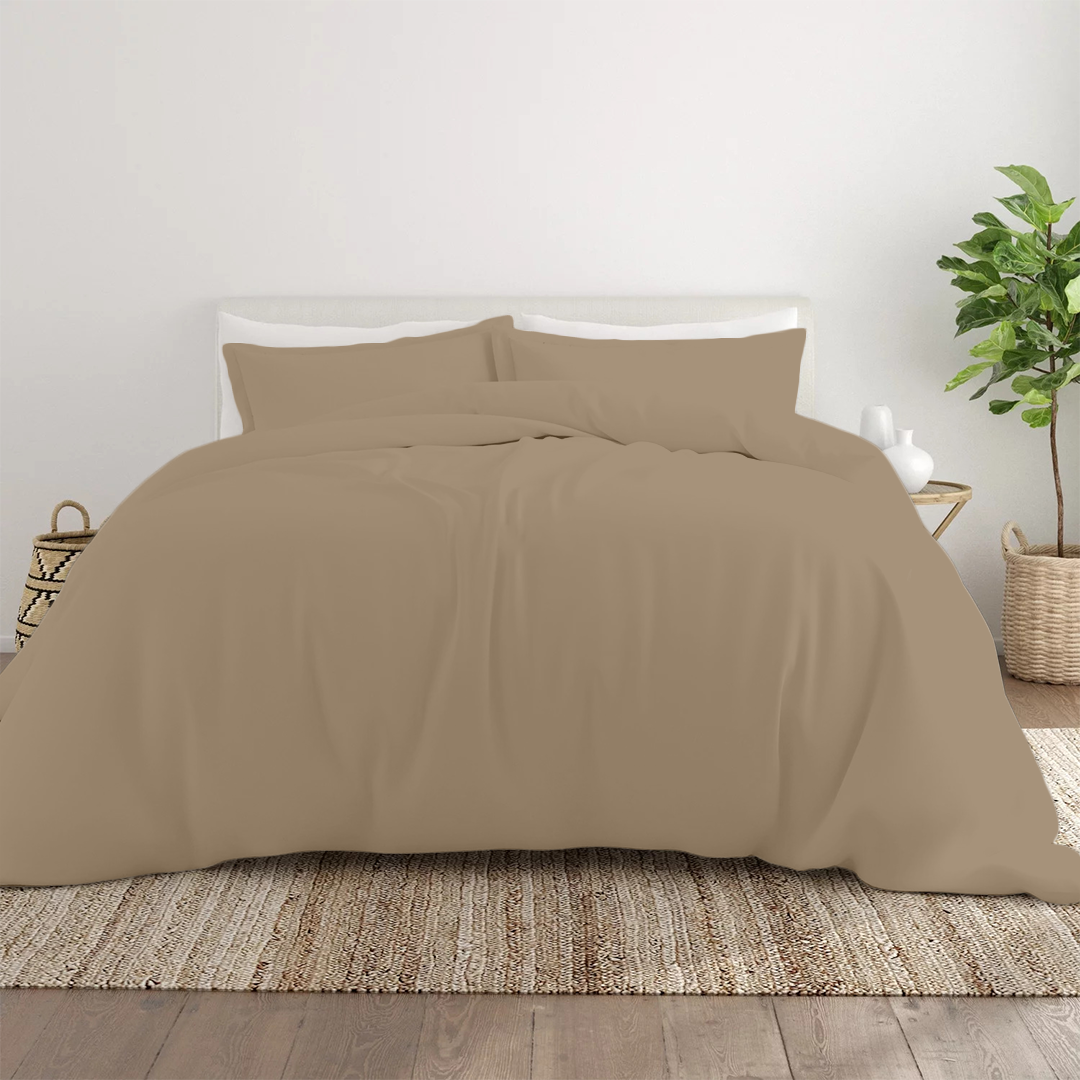

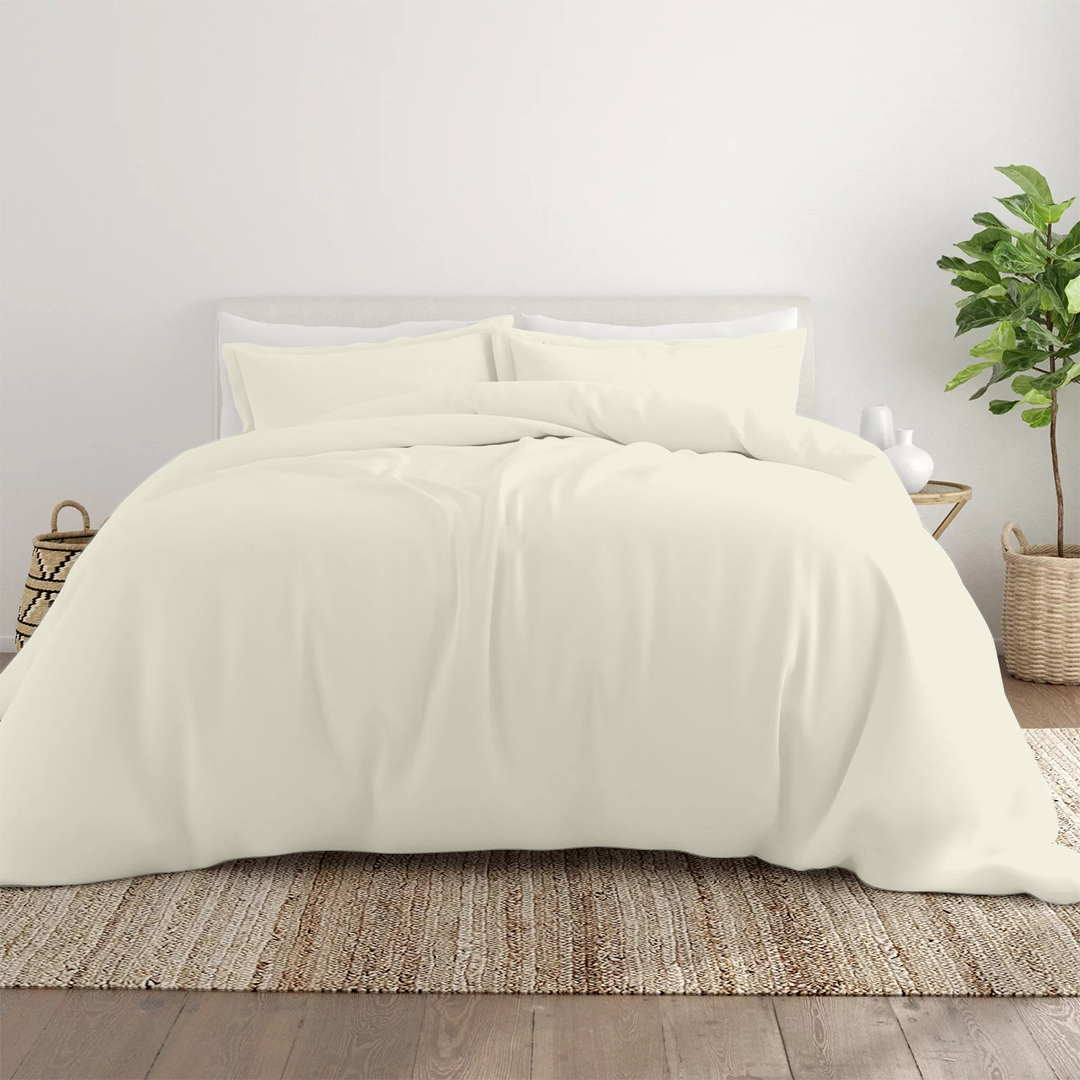






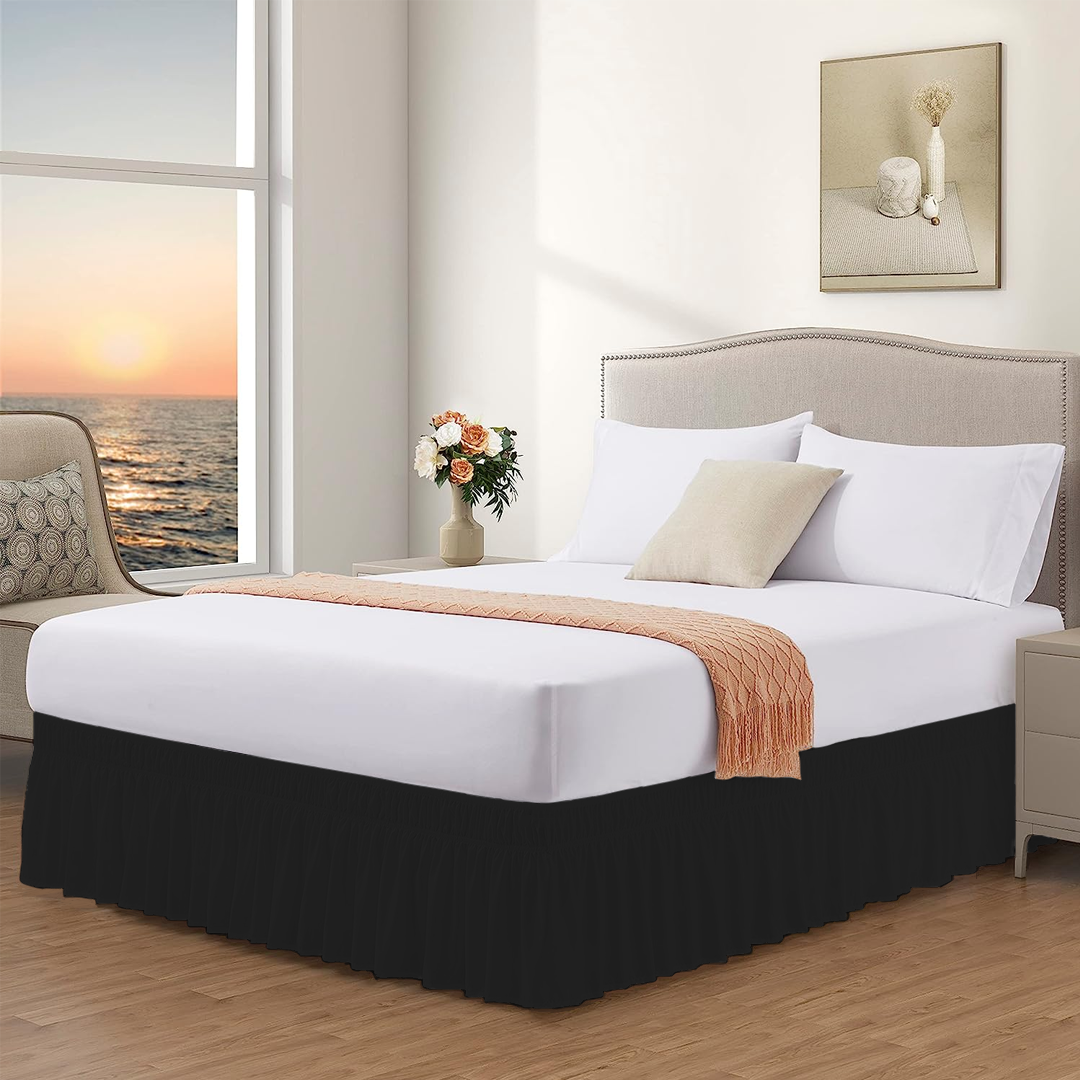






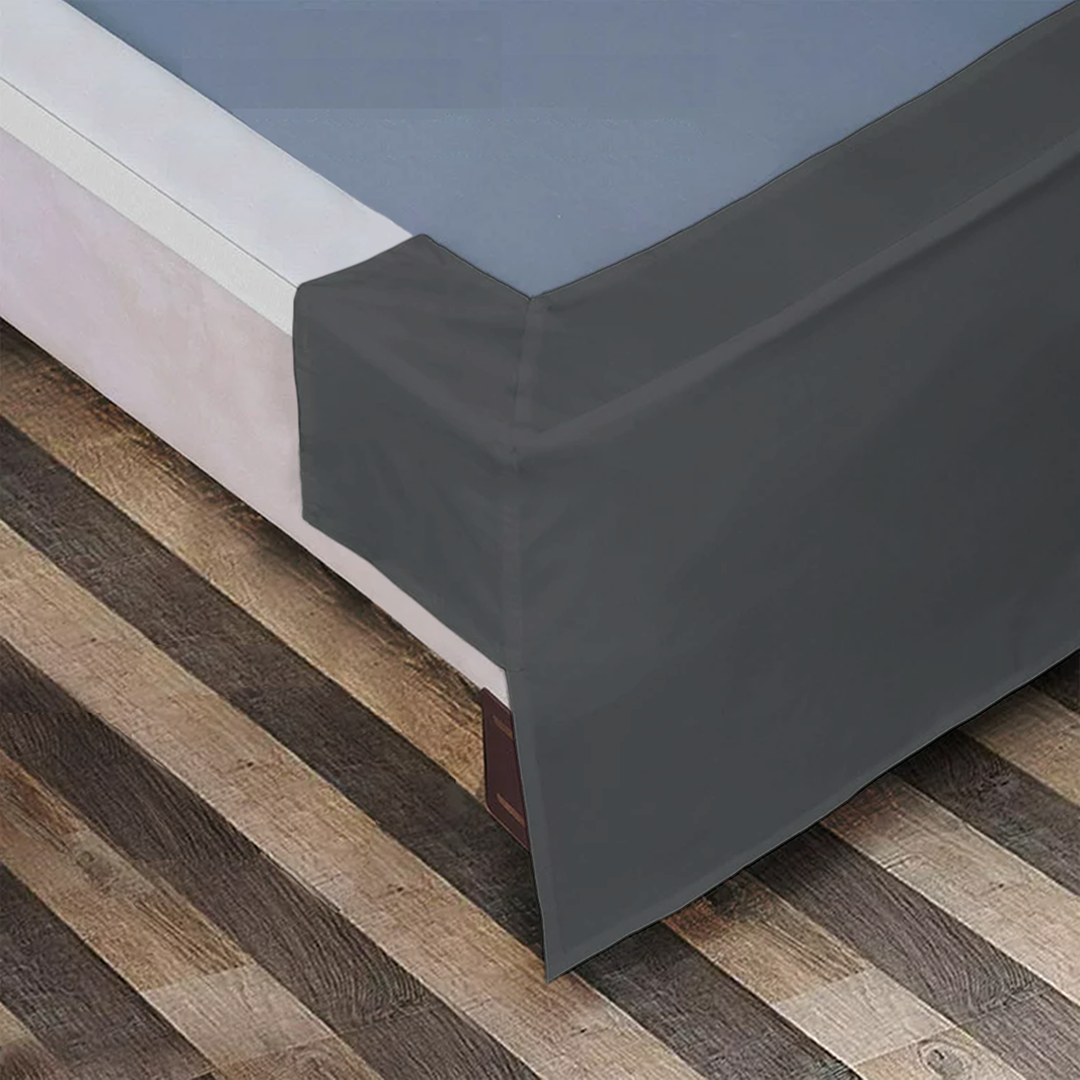



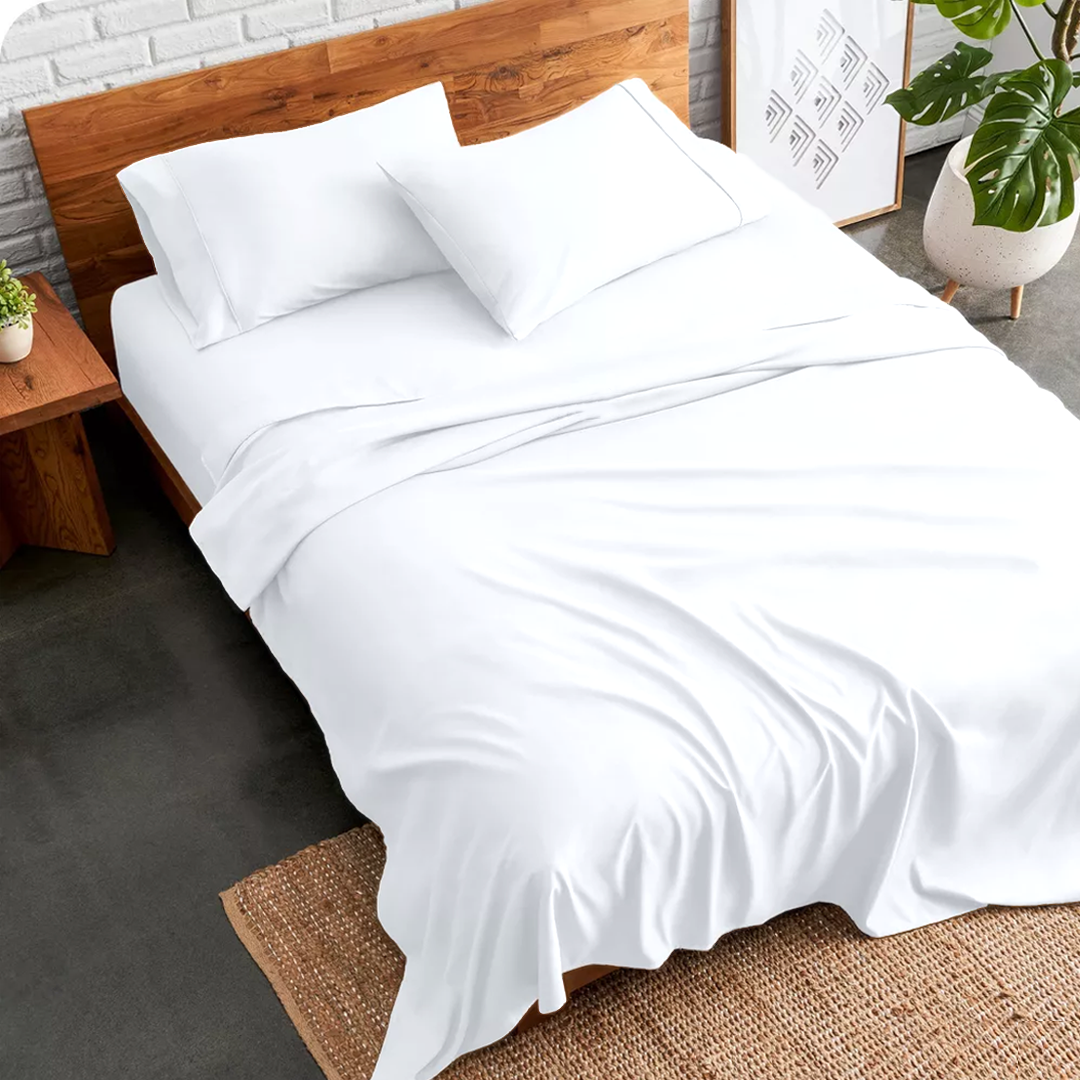

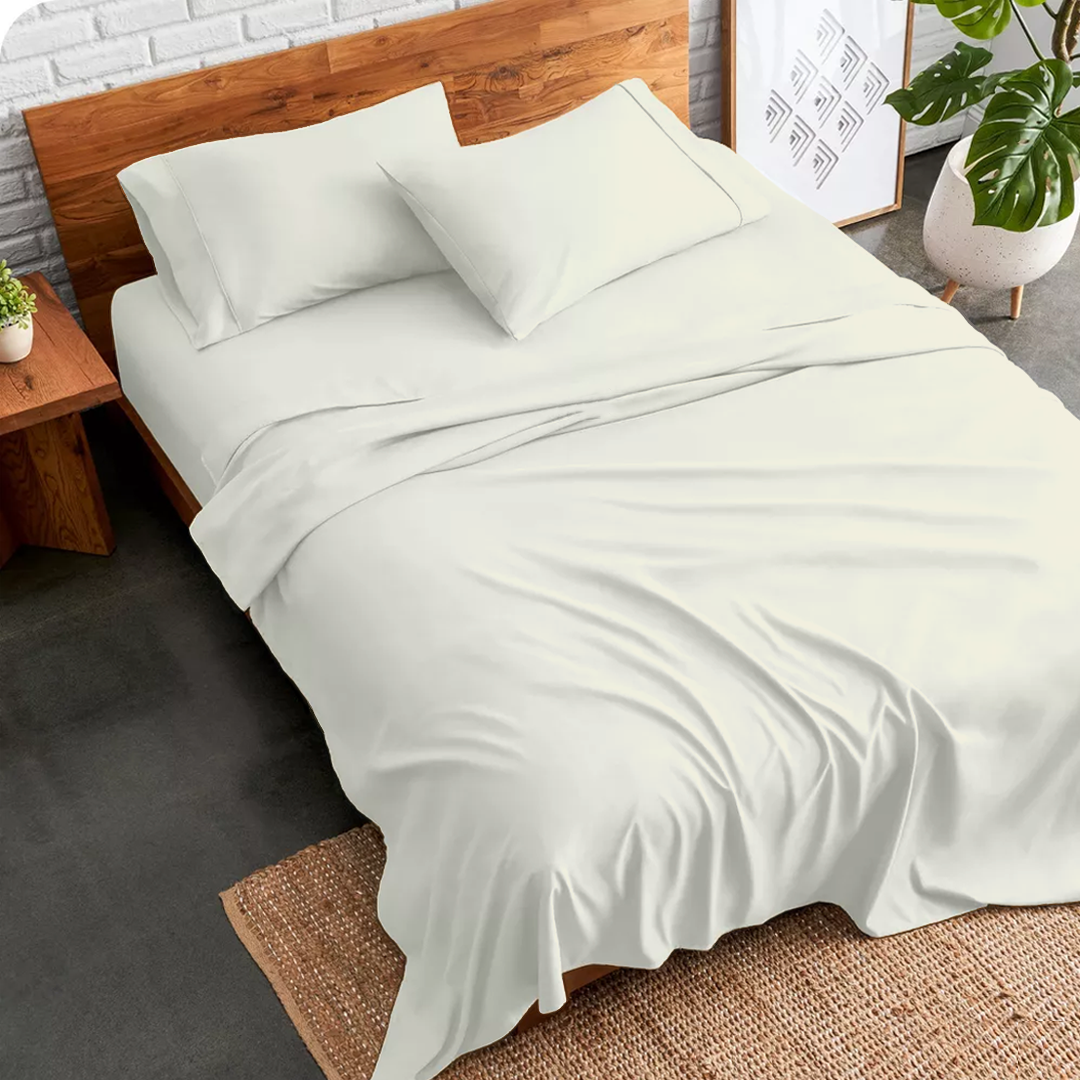

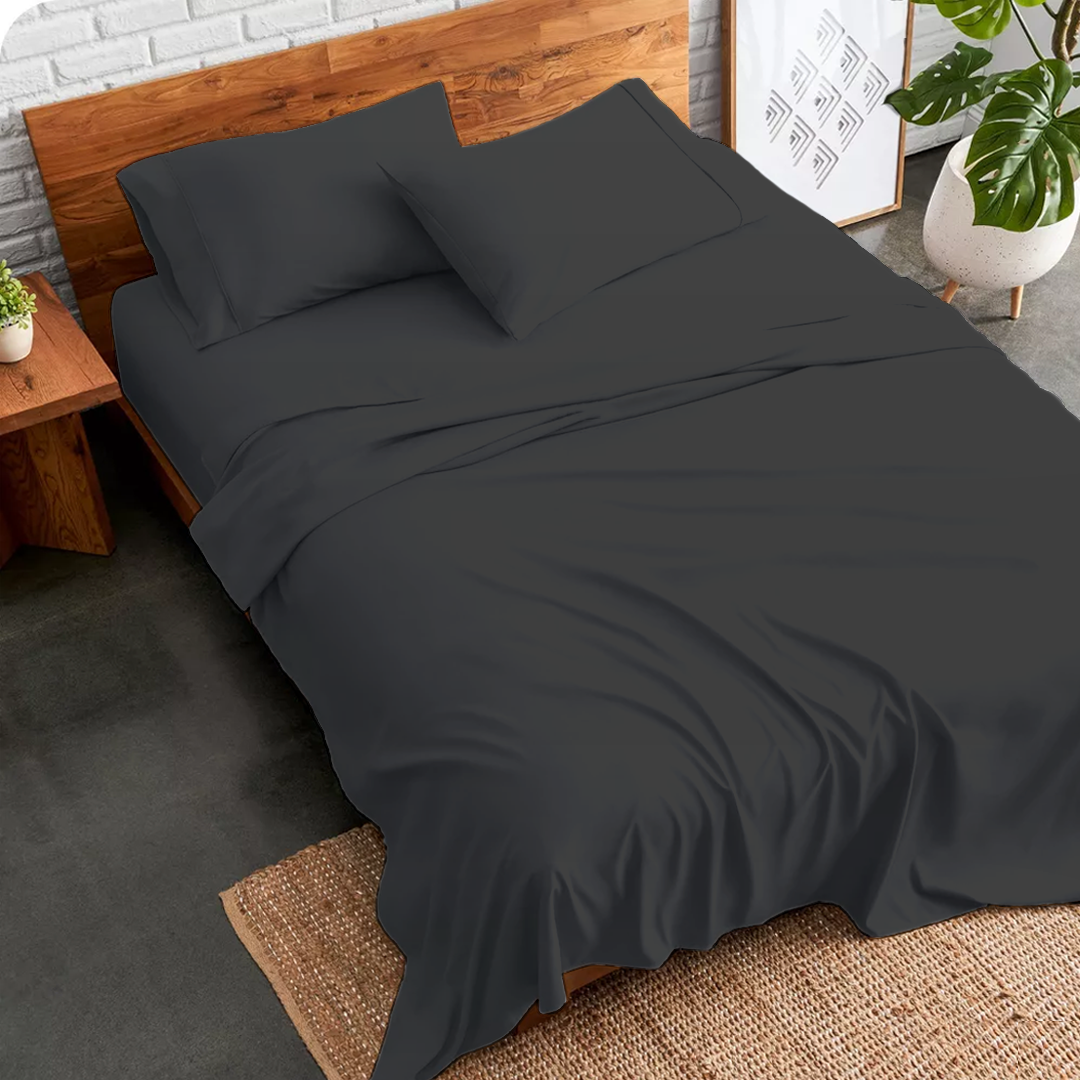

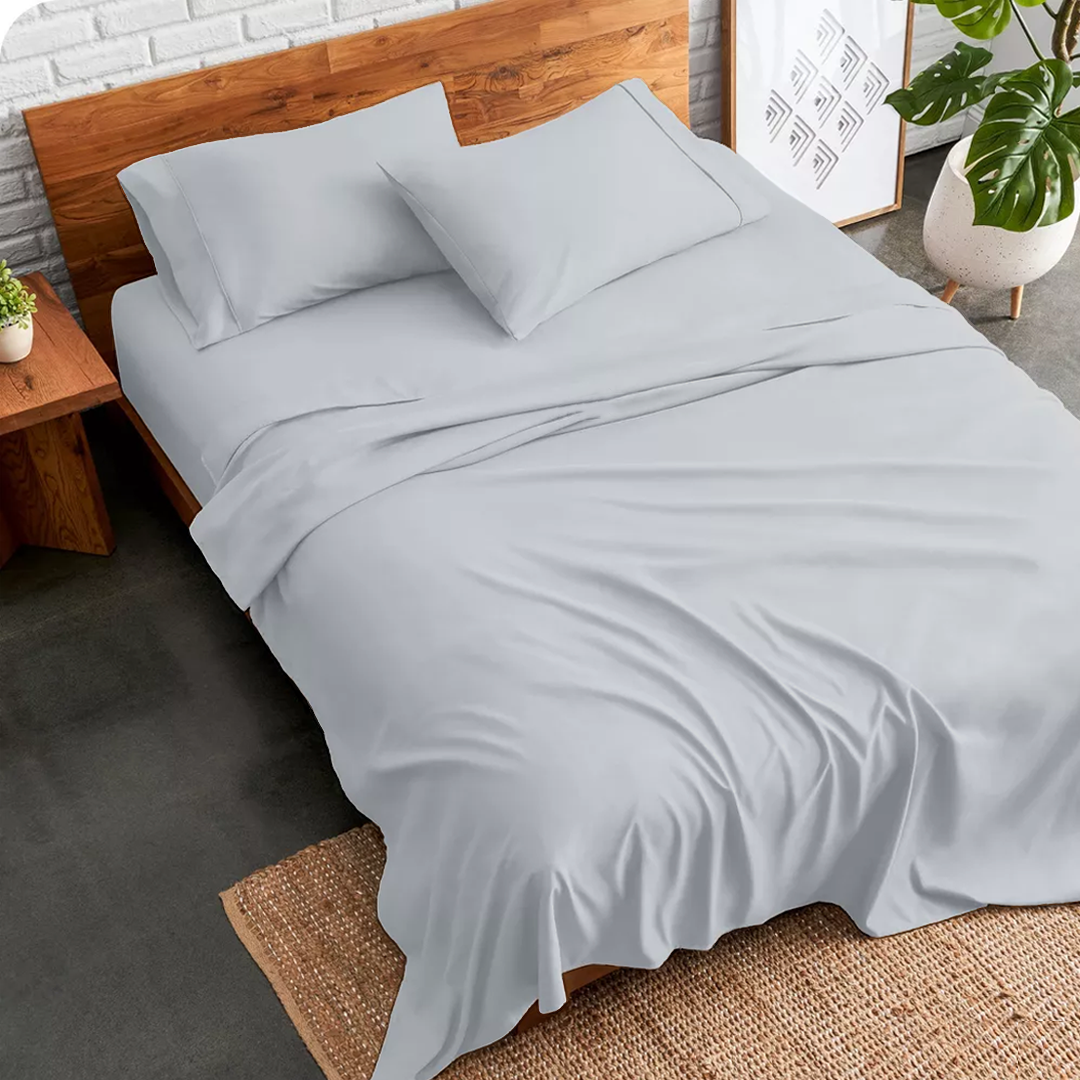

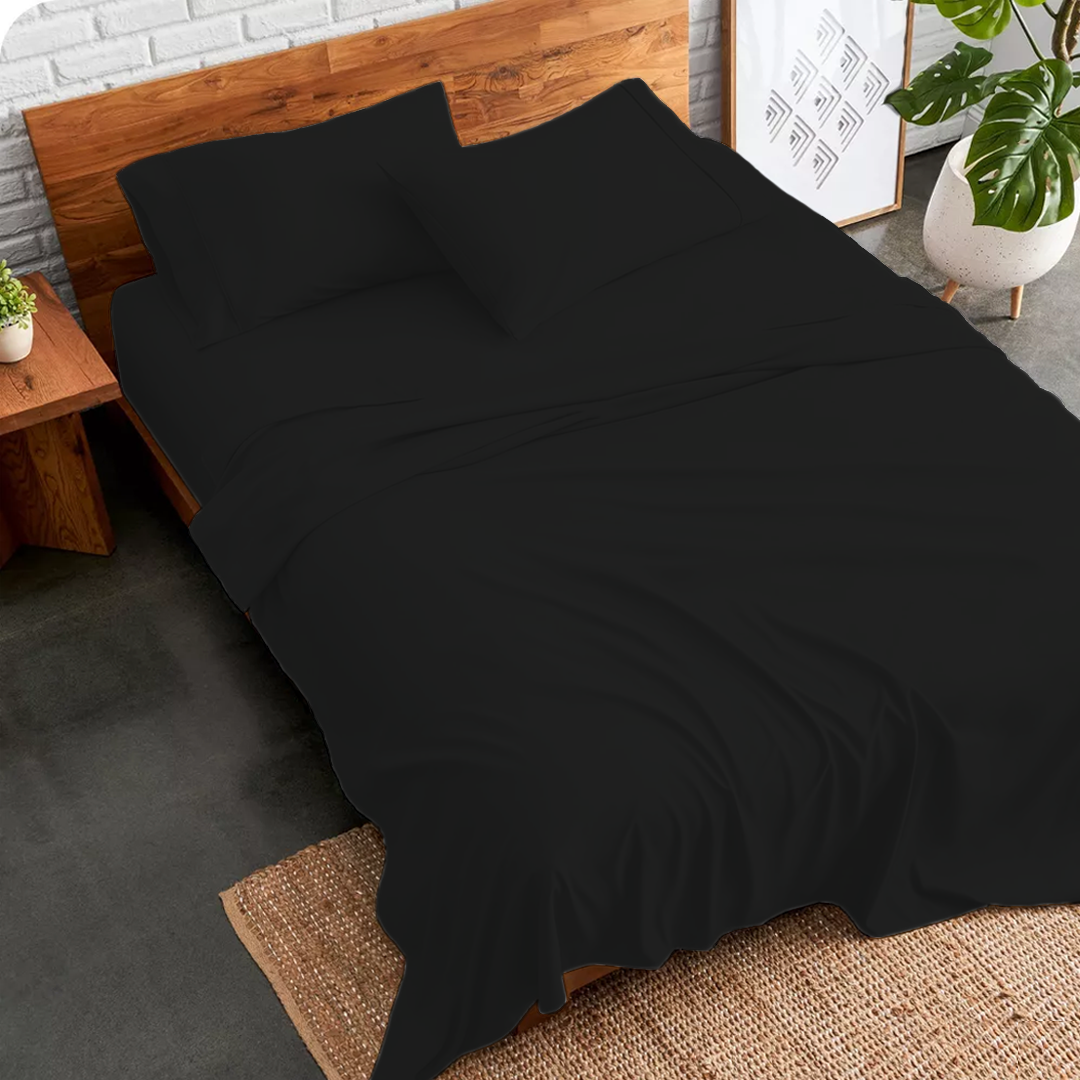

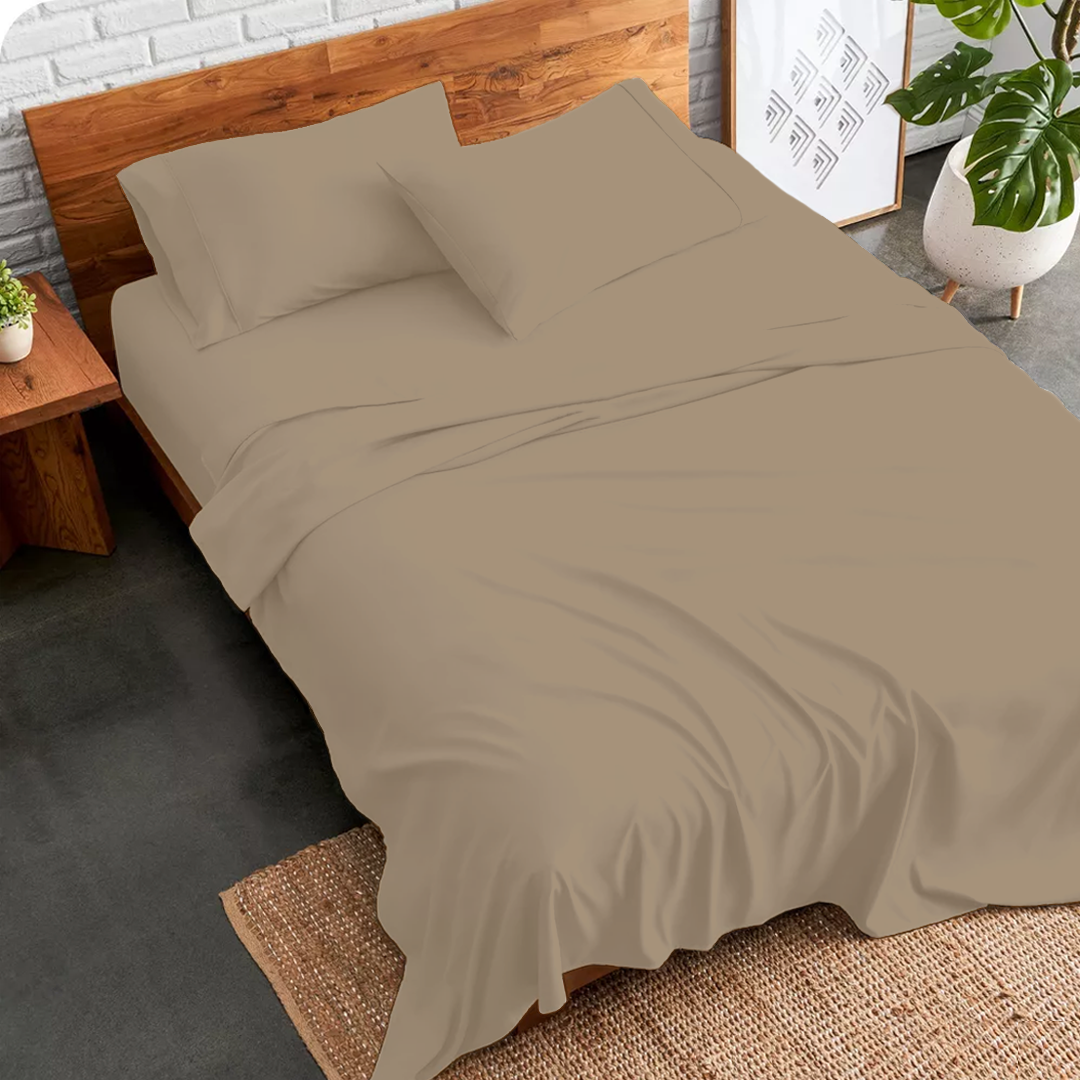

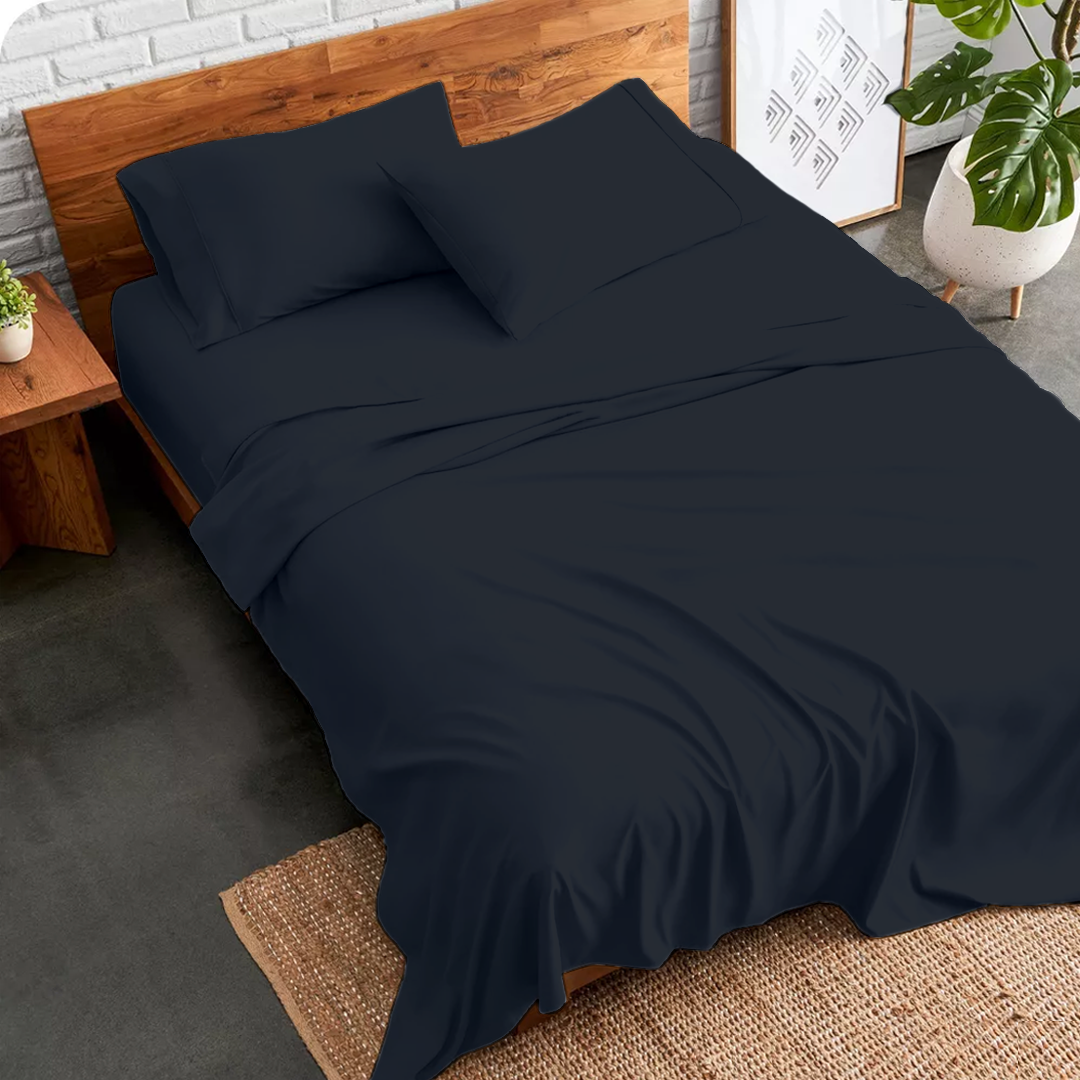



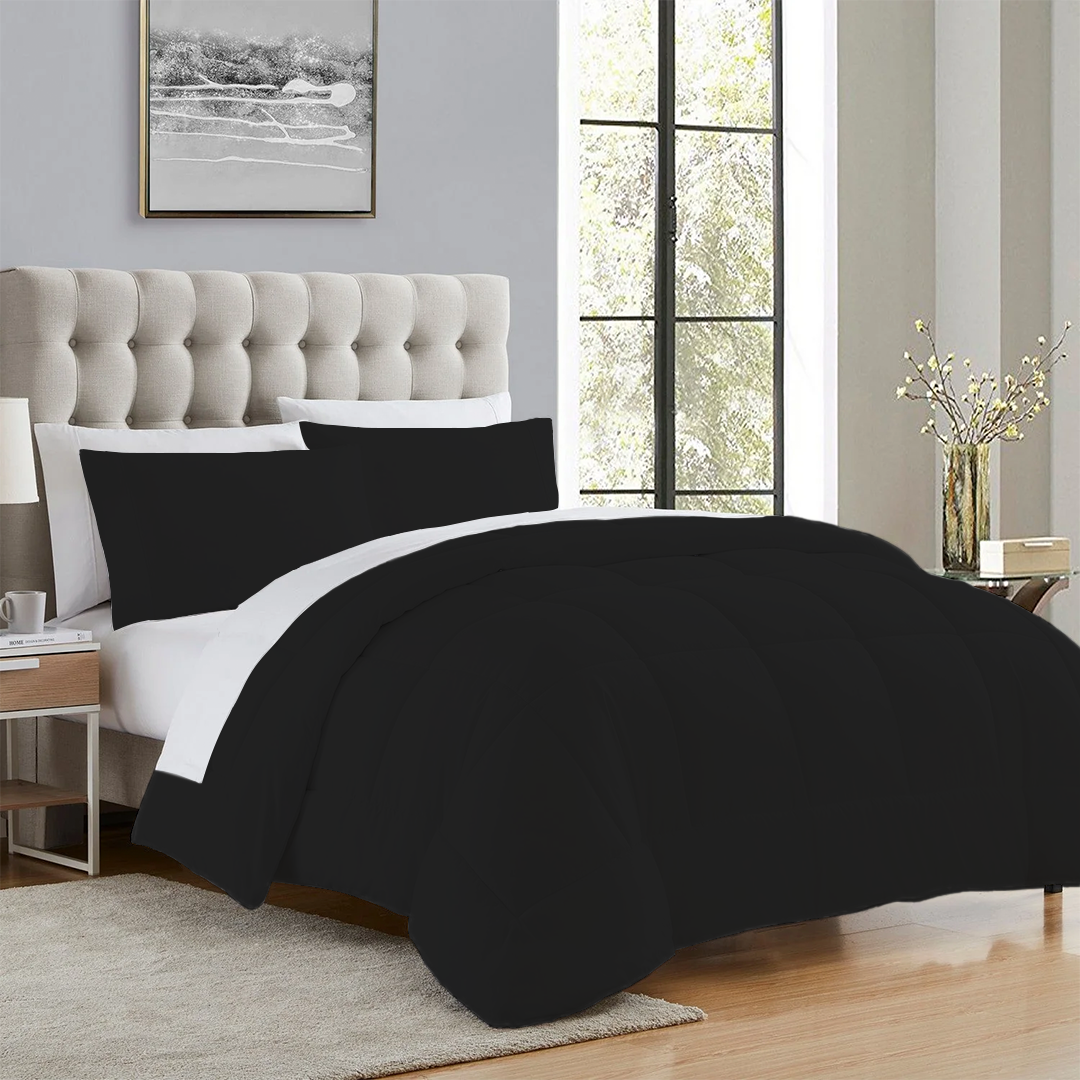
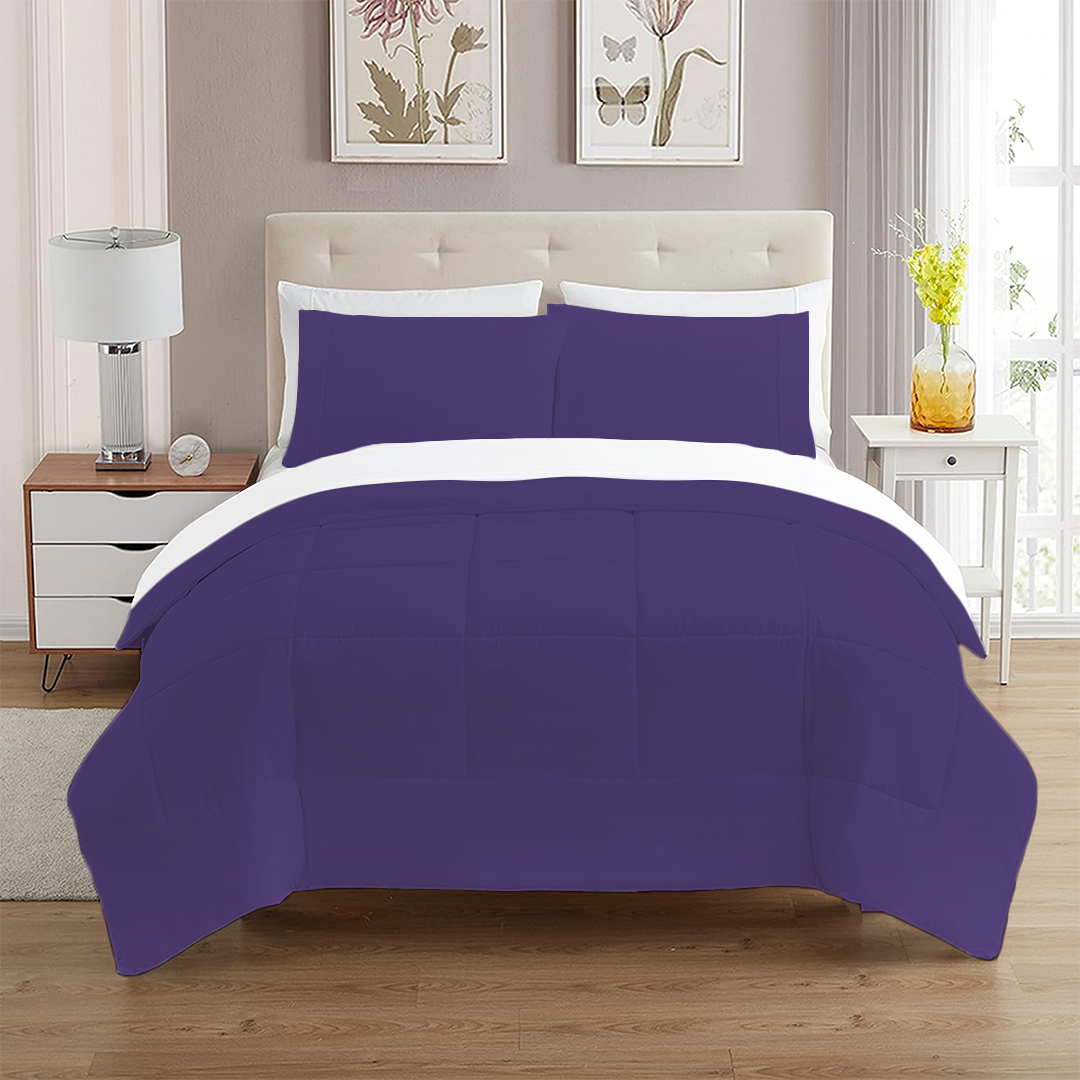

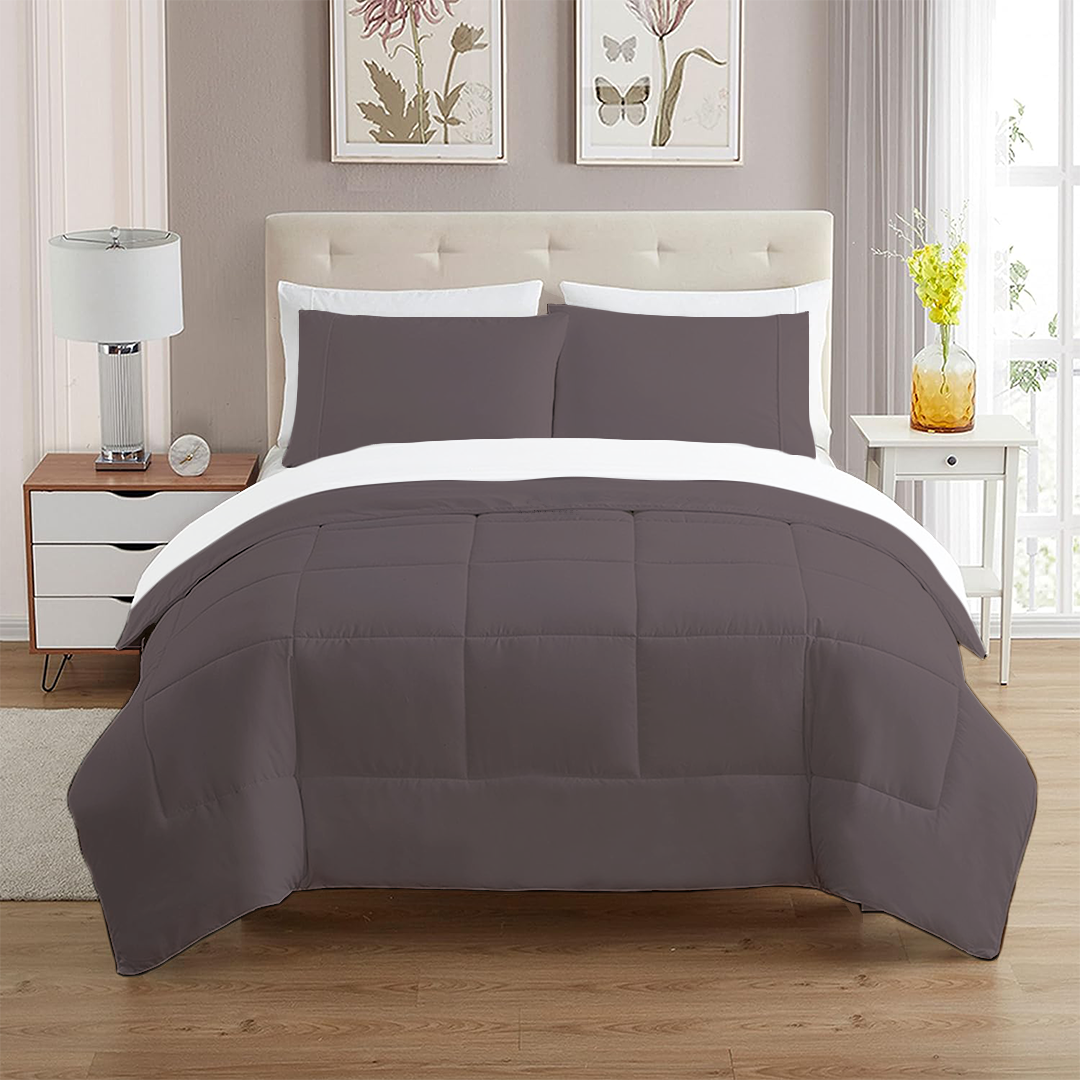



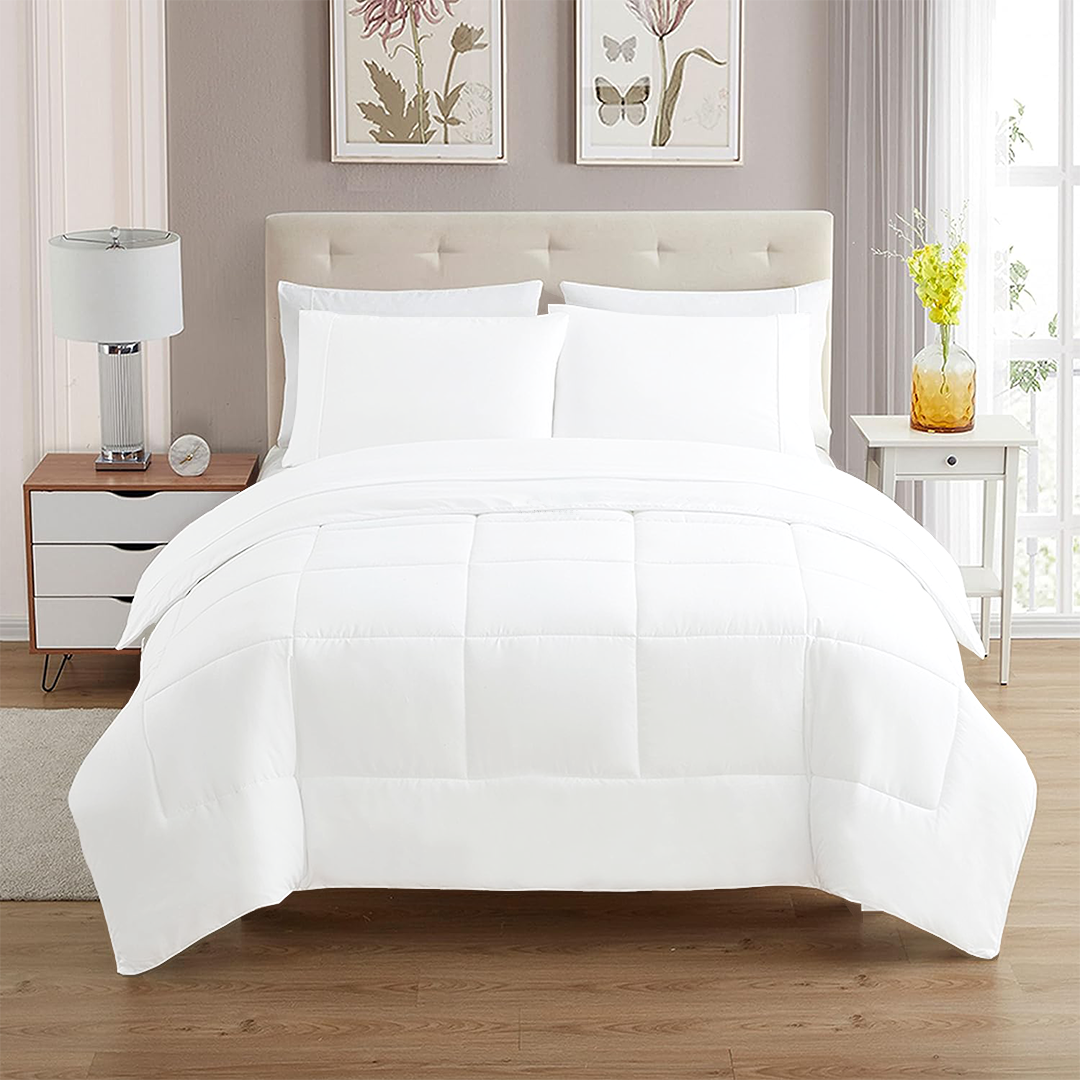



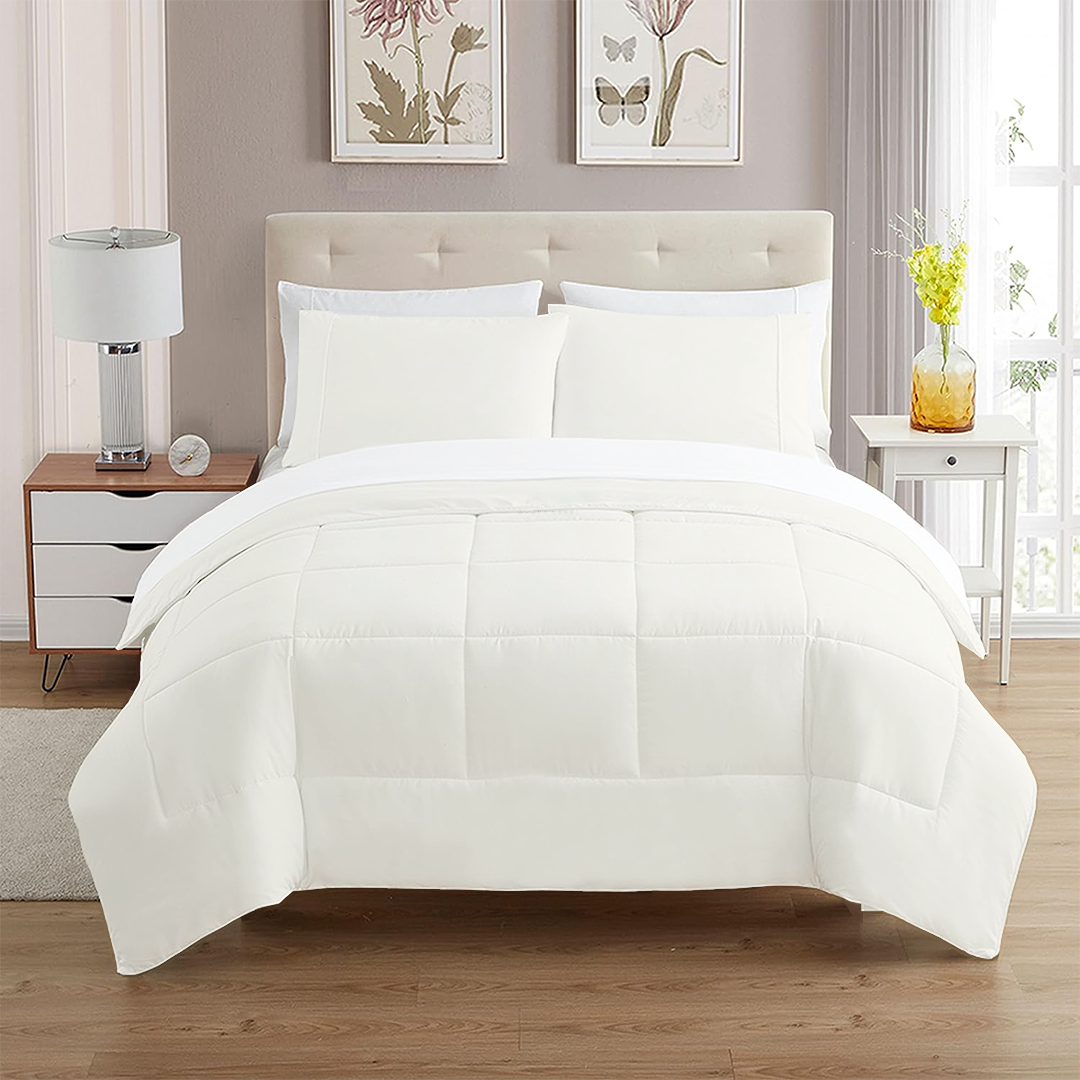

Leave a comment
This site is protected by hCaptcha and the hCaptcha Privacy Policy and Terms of Service apply.